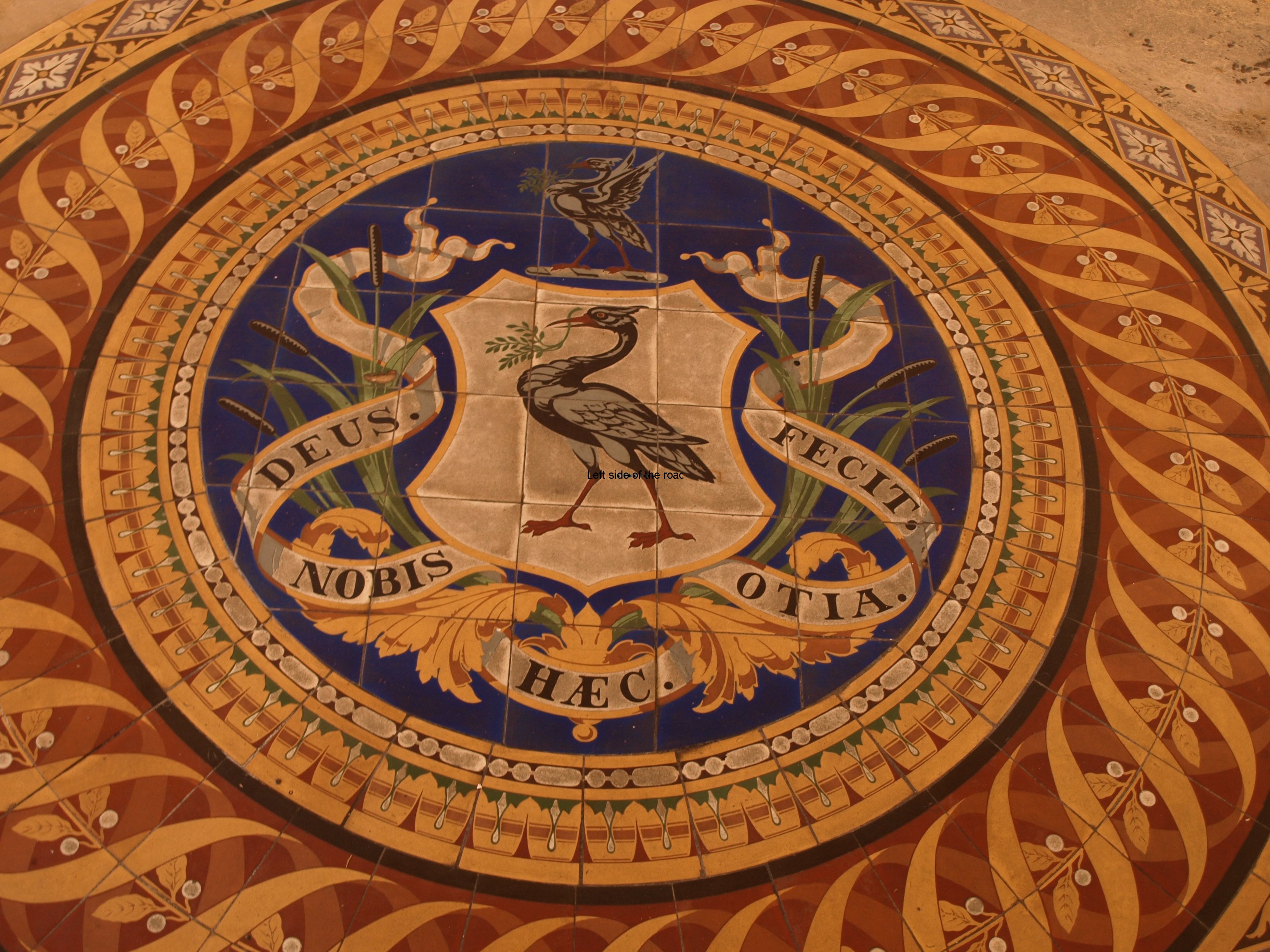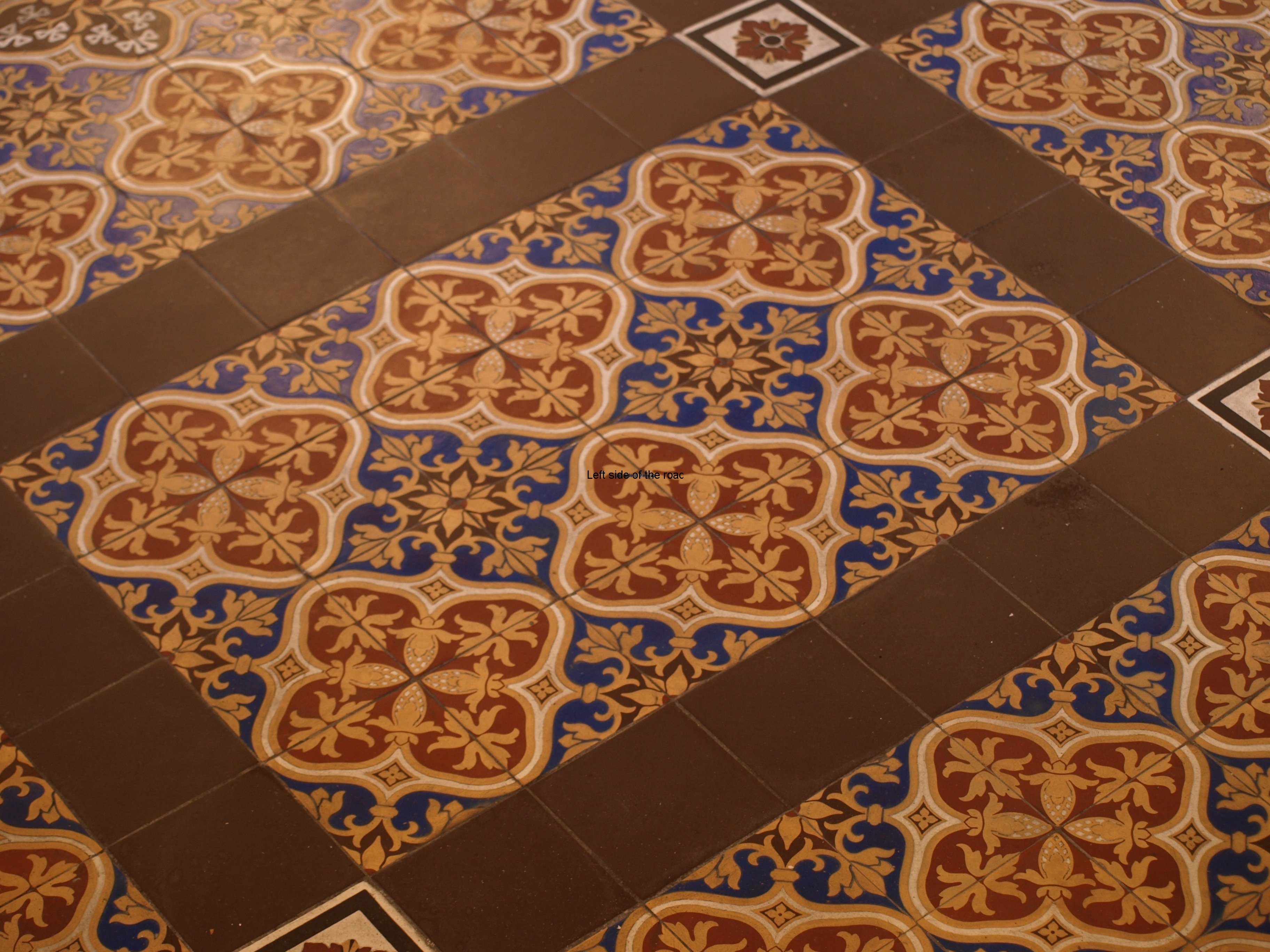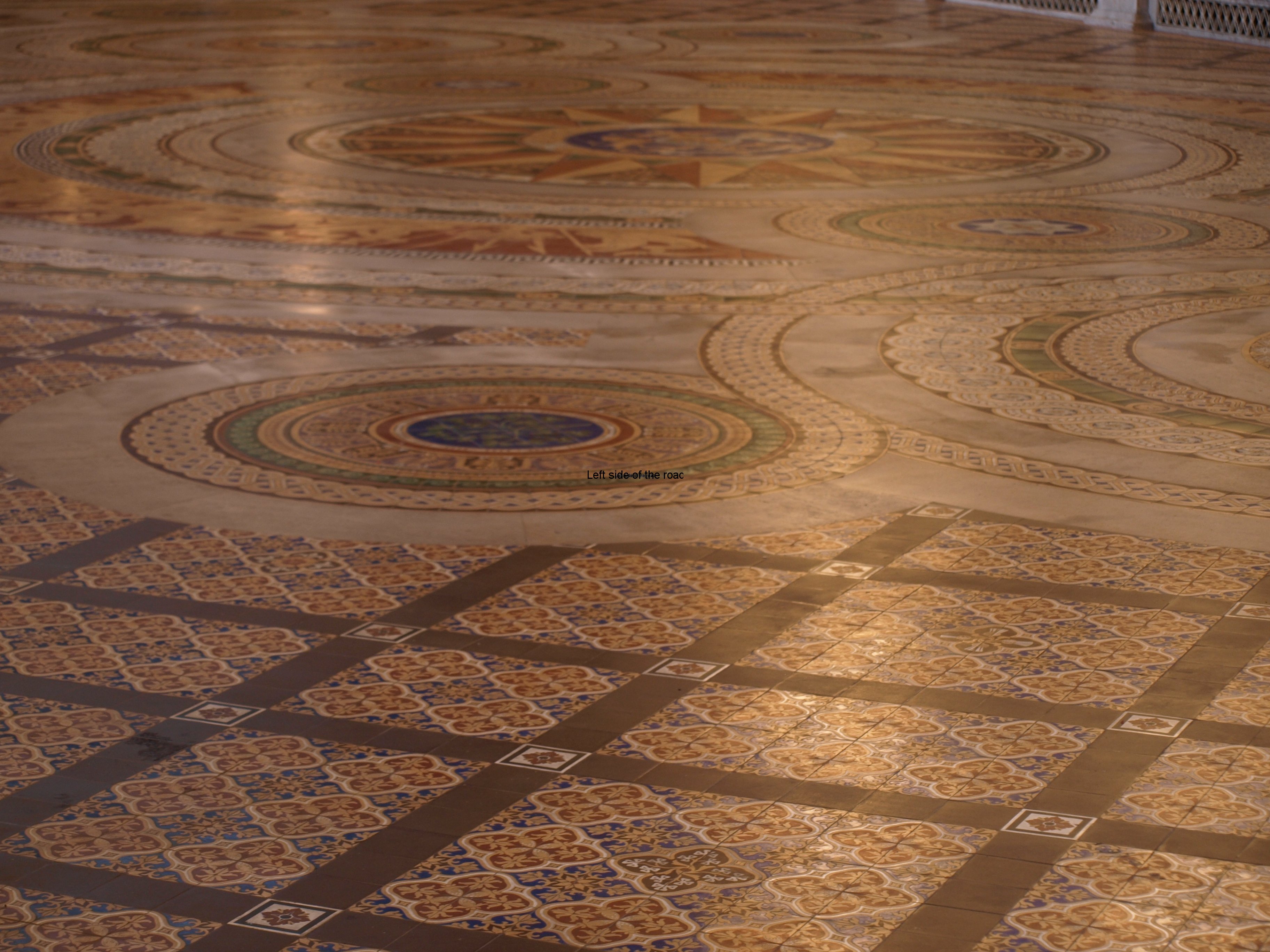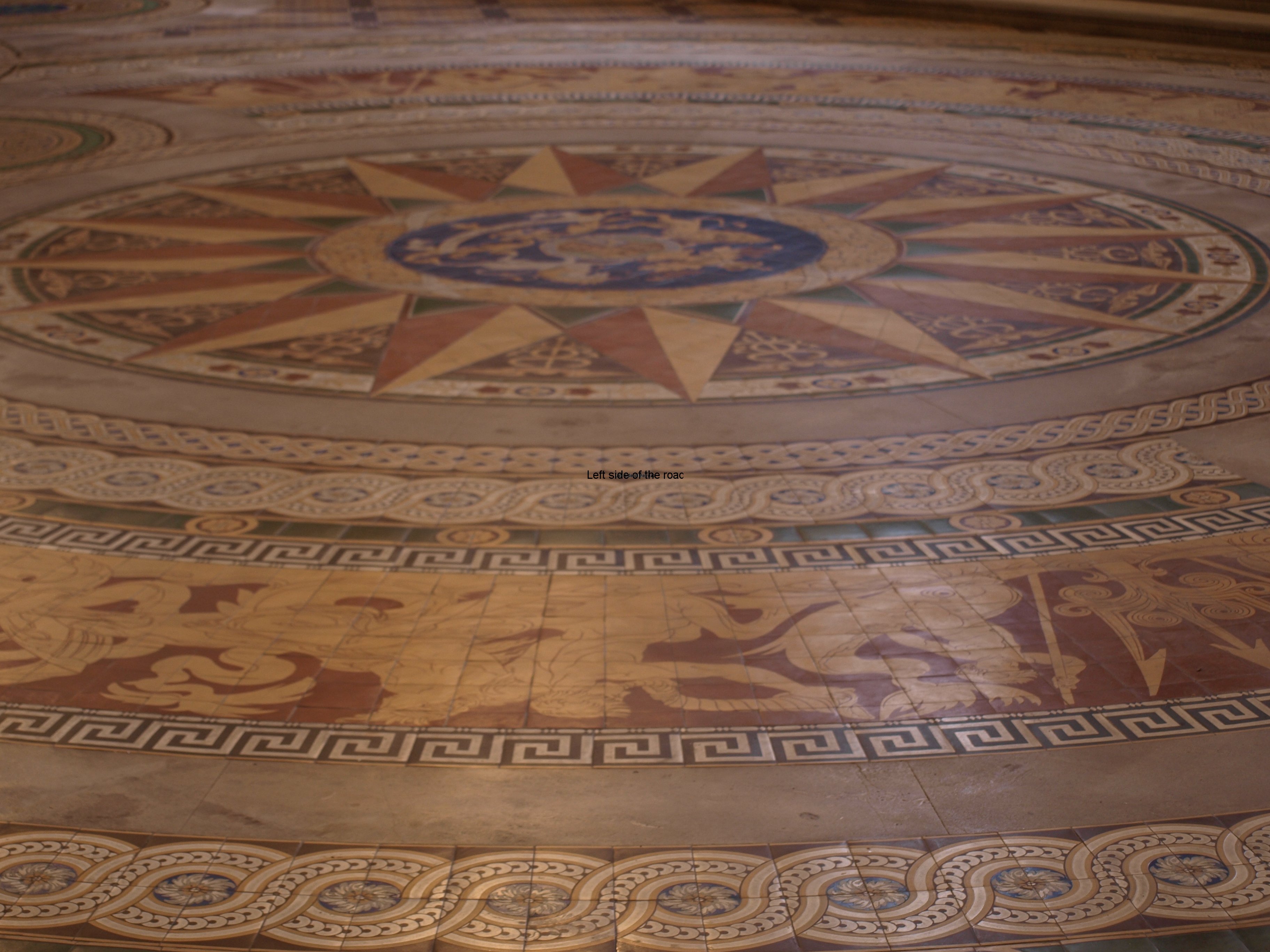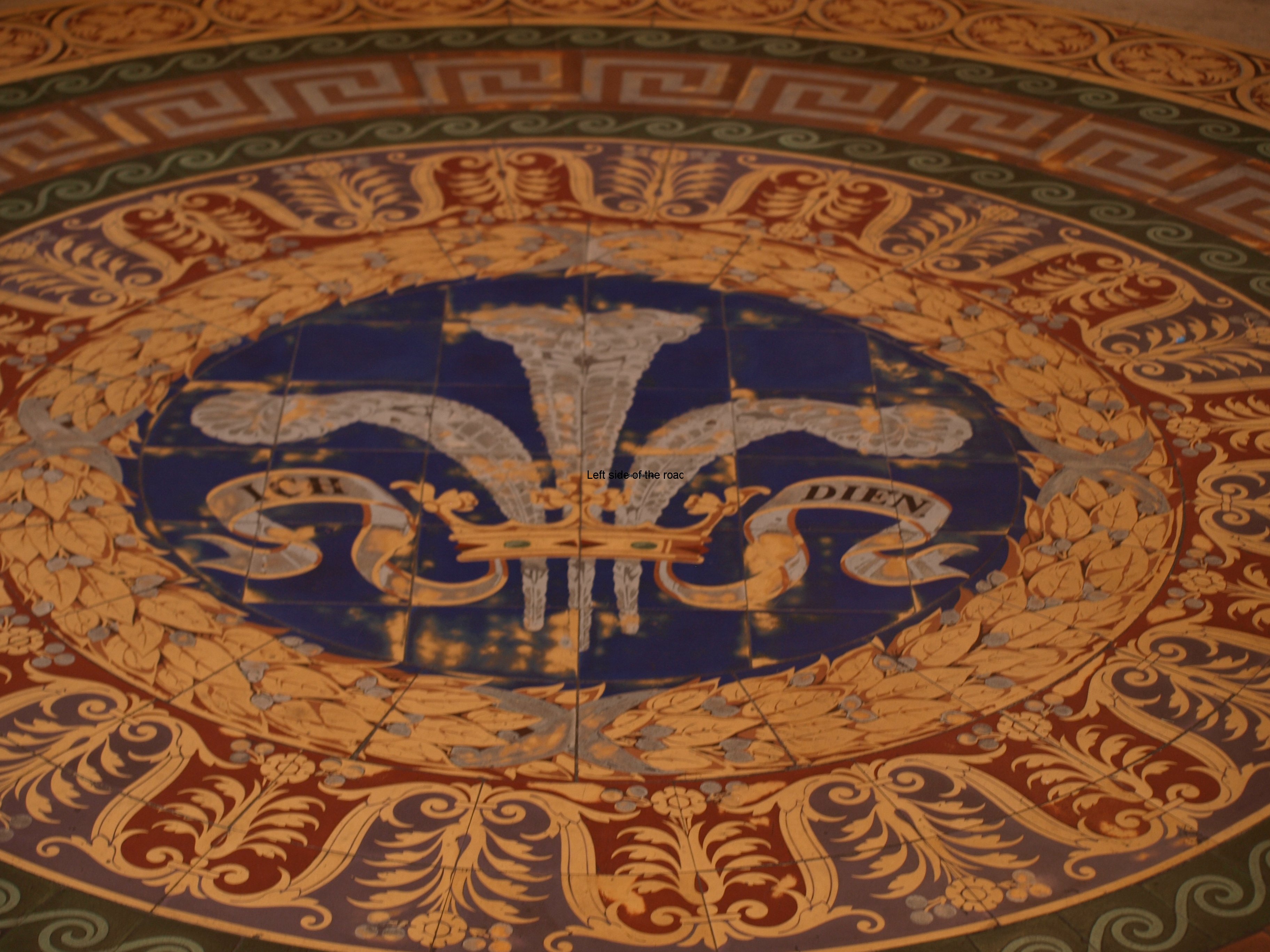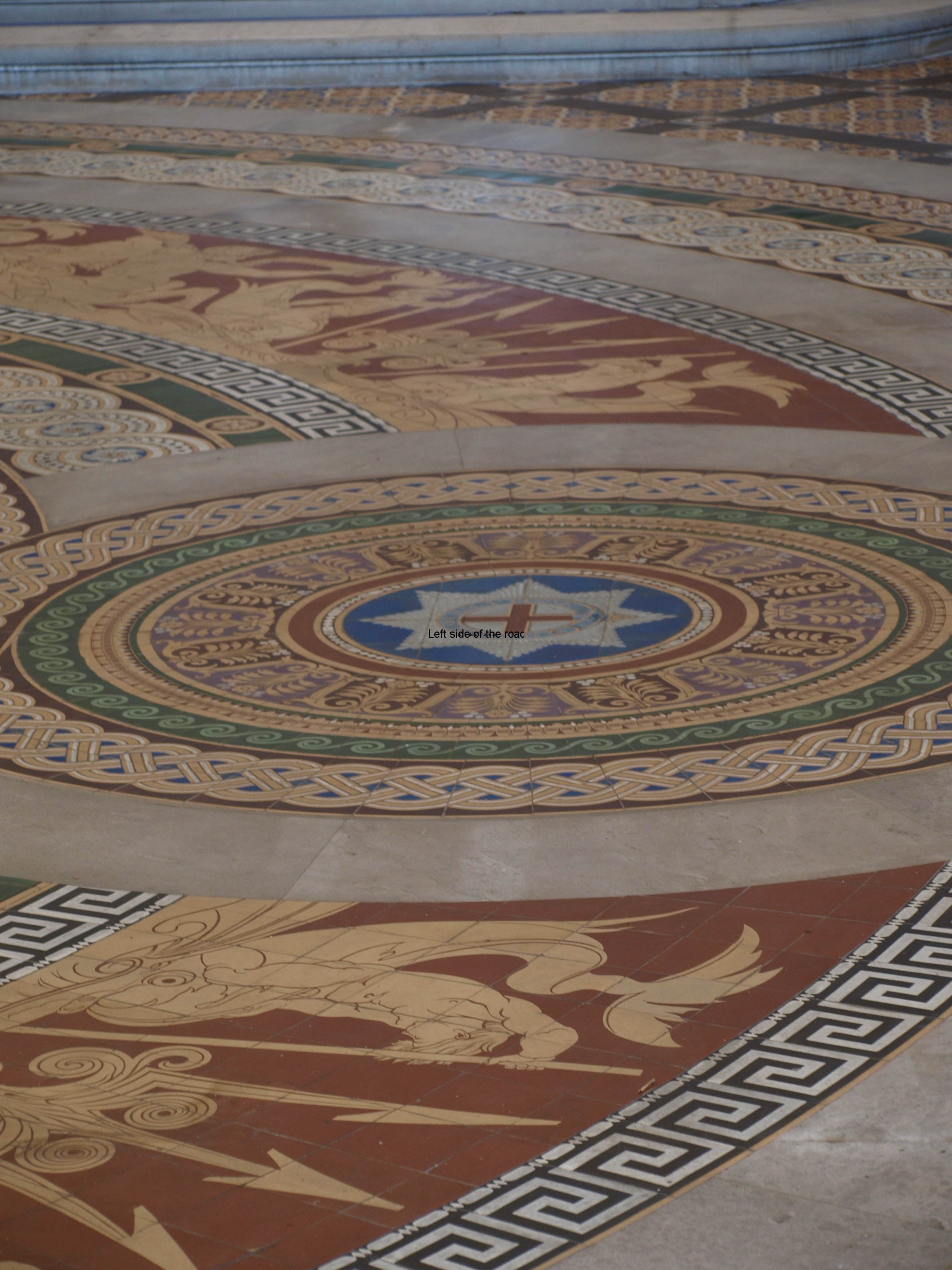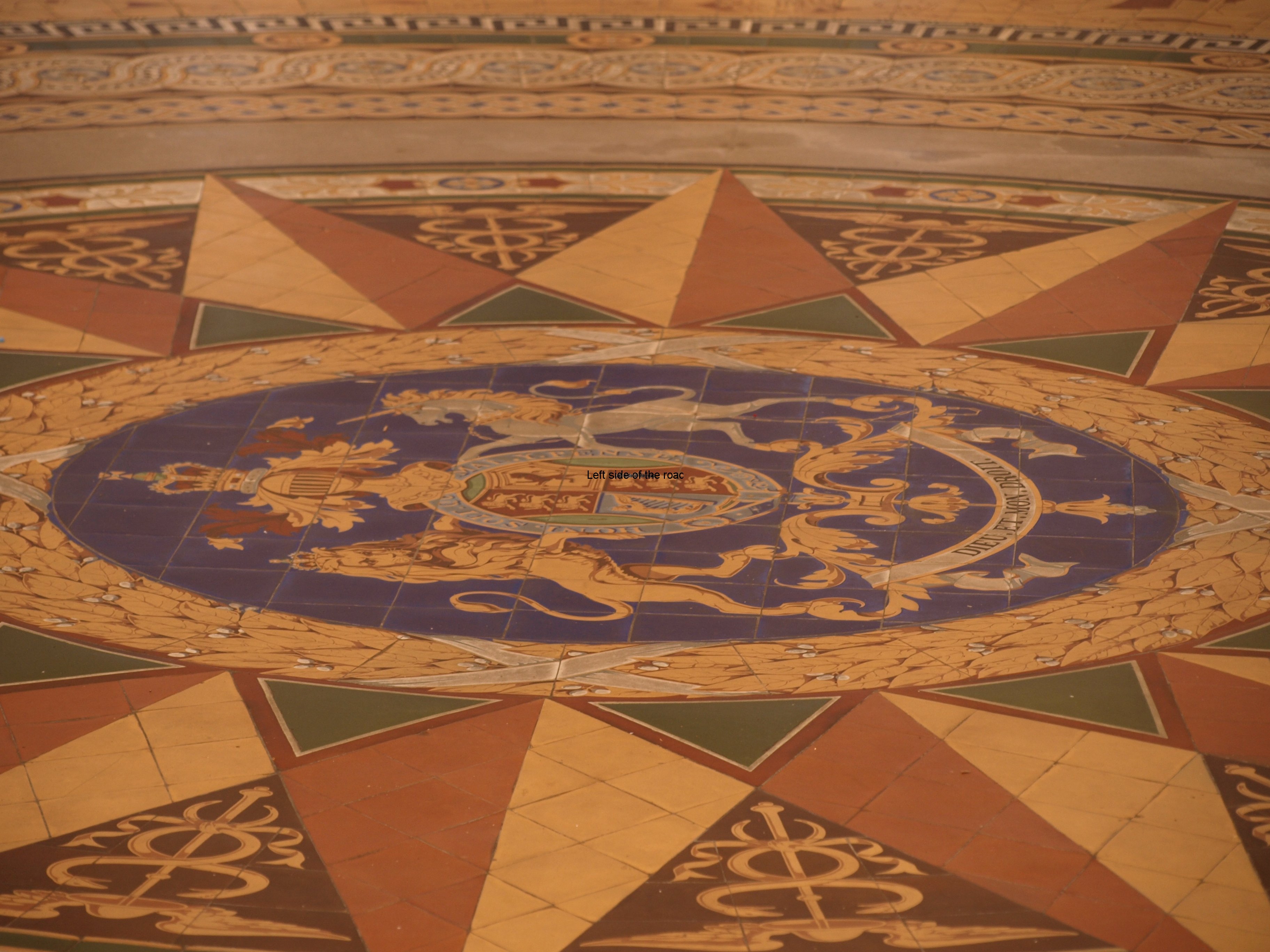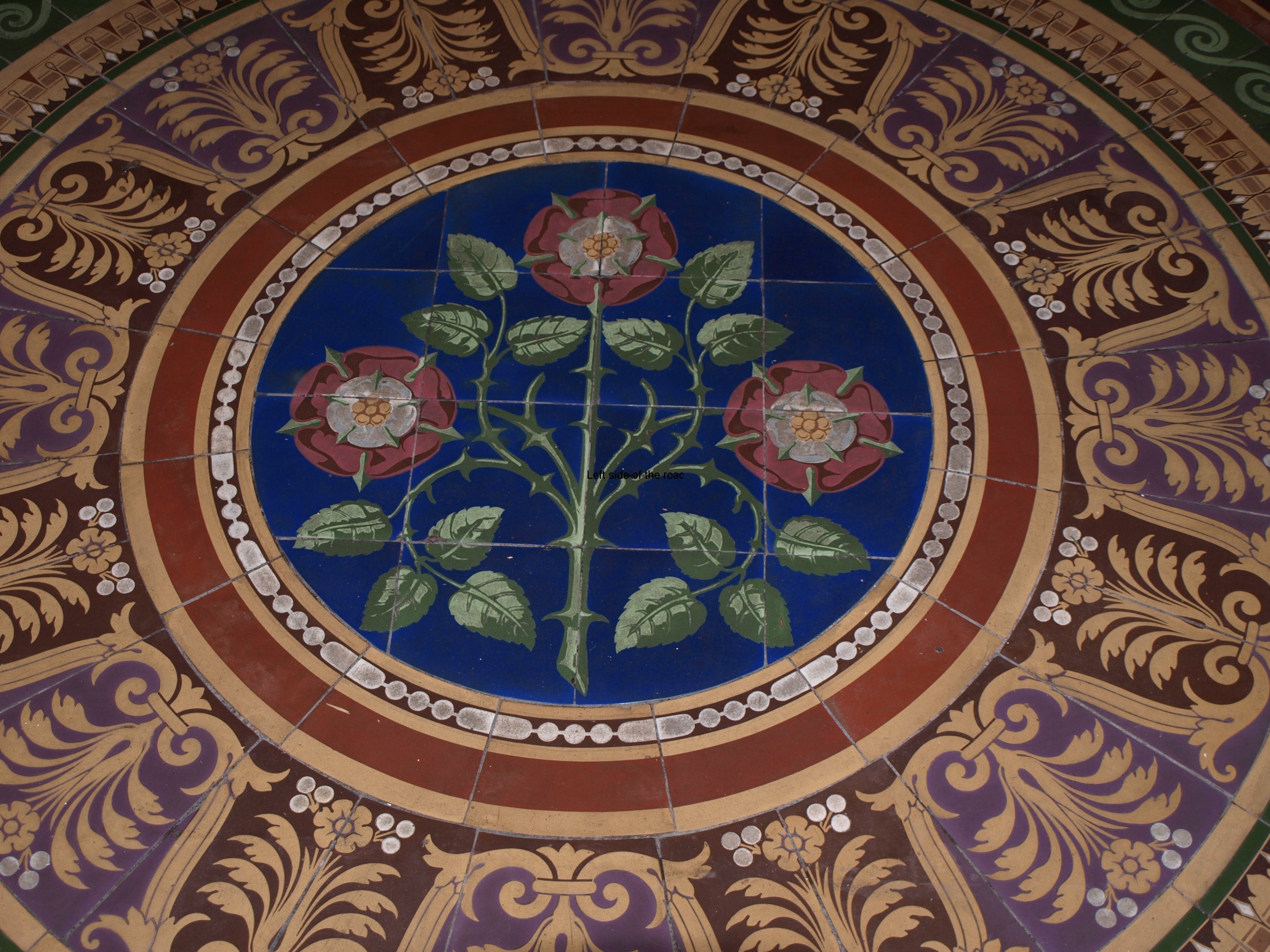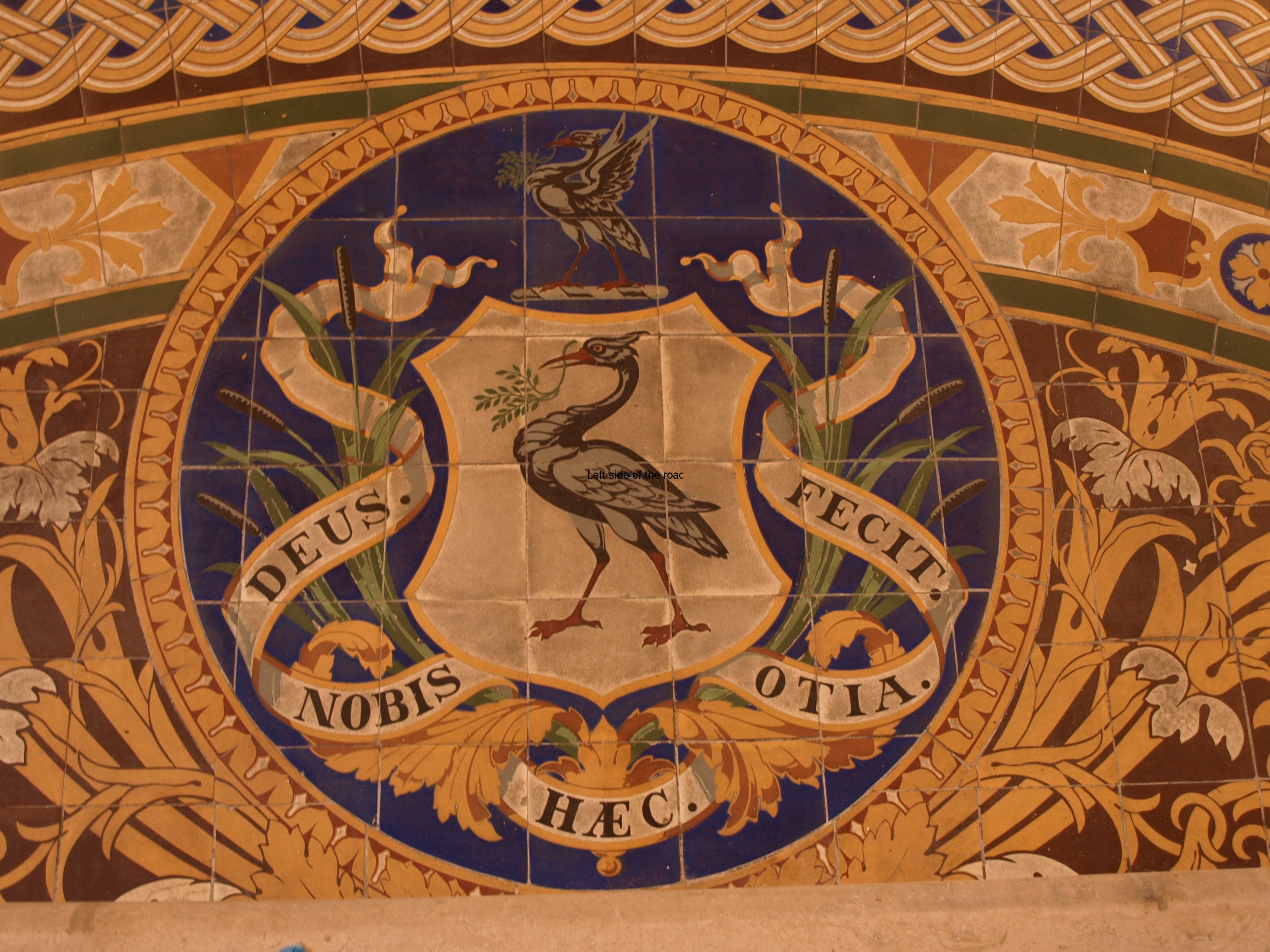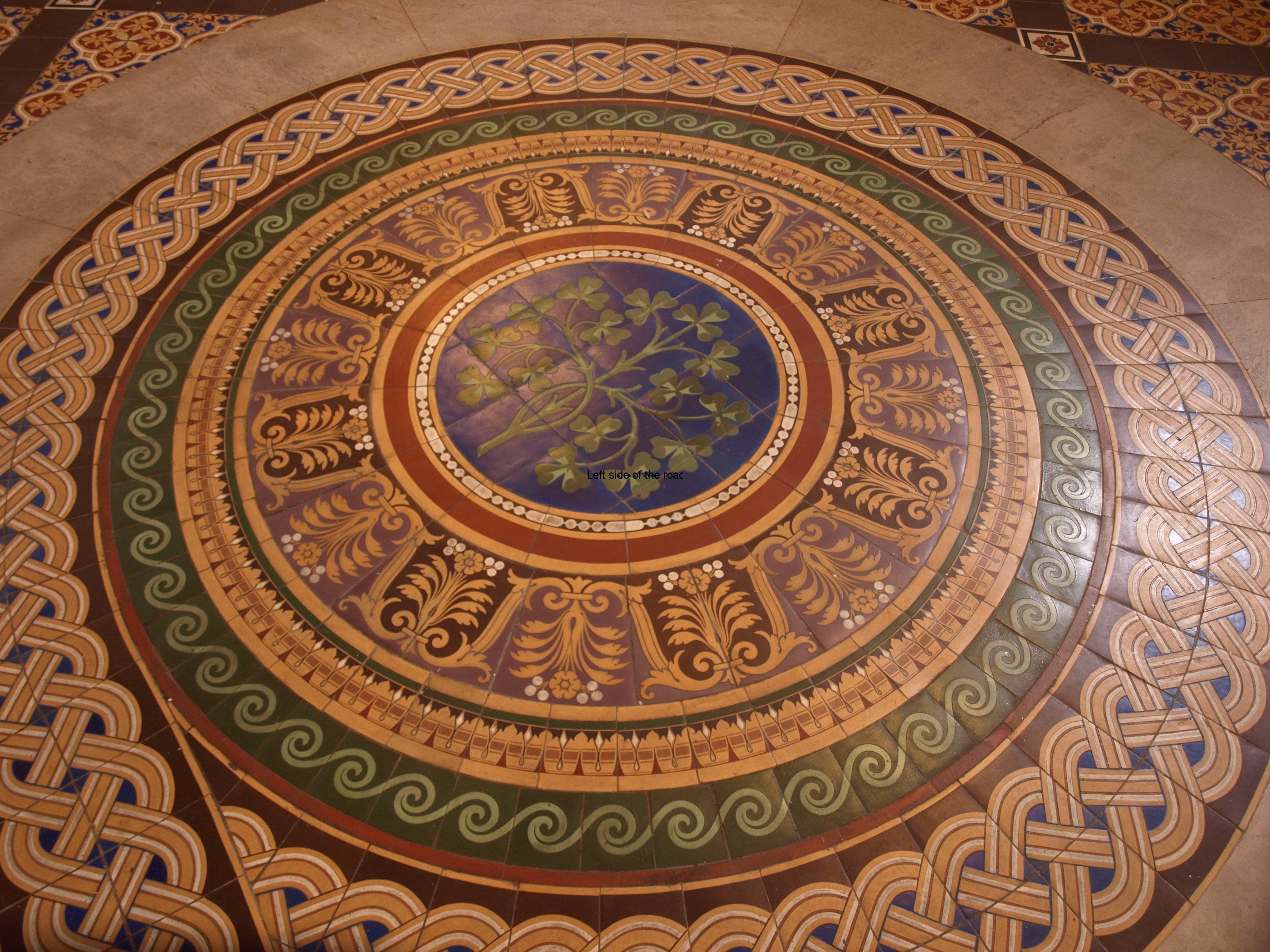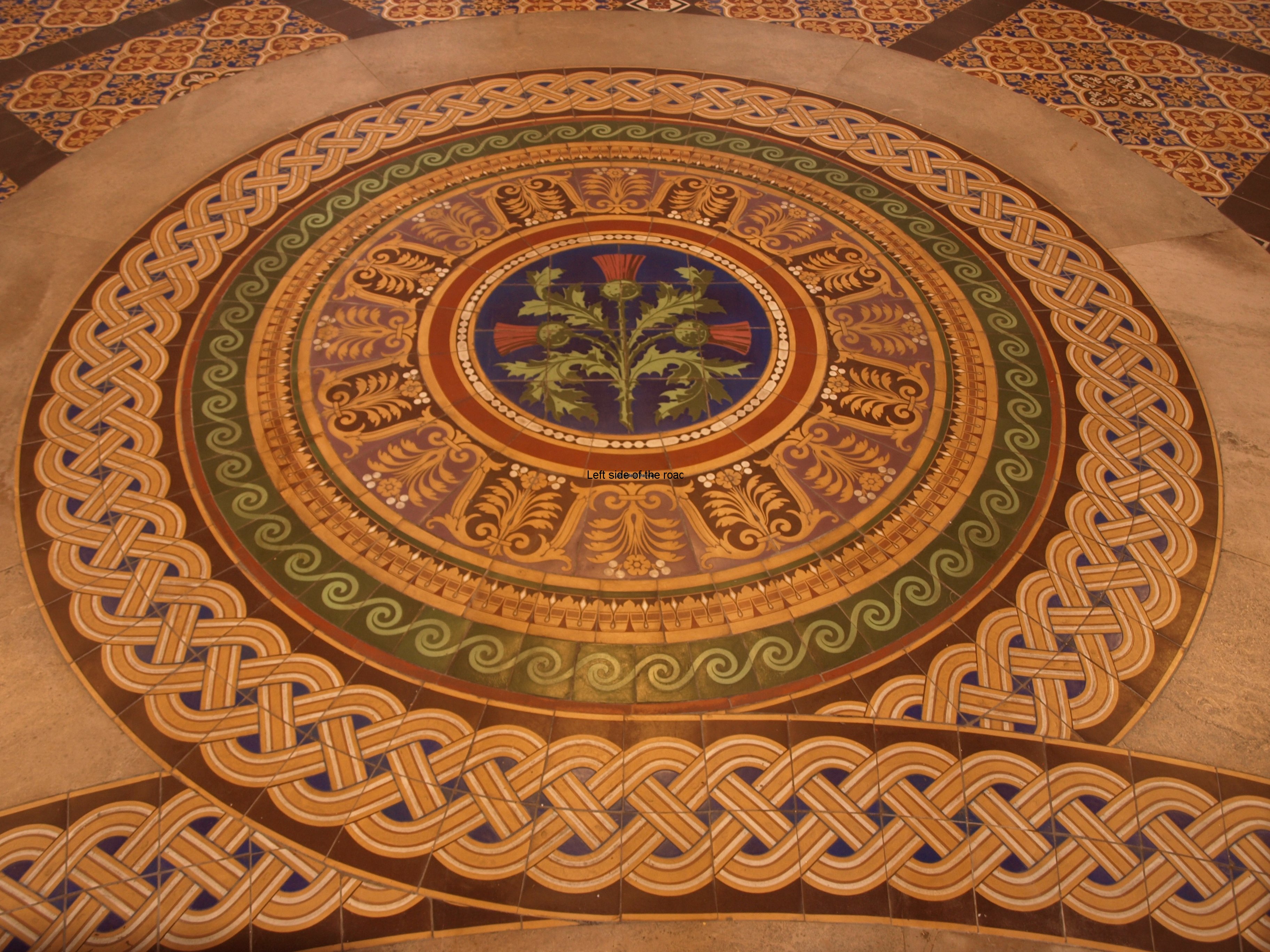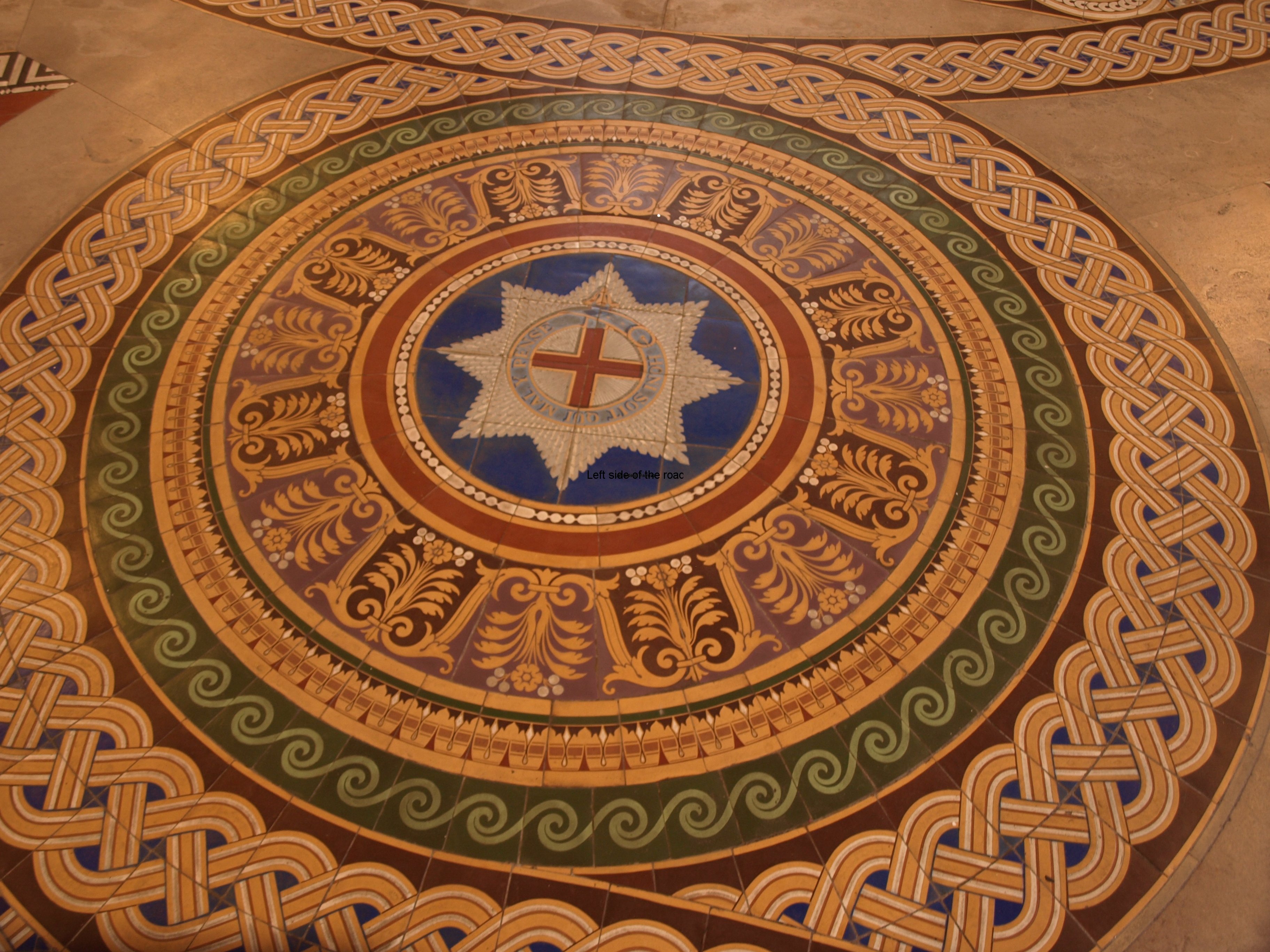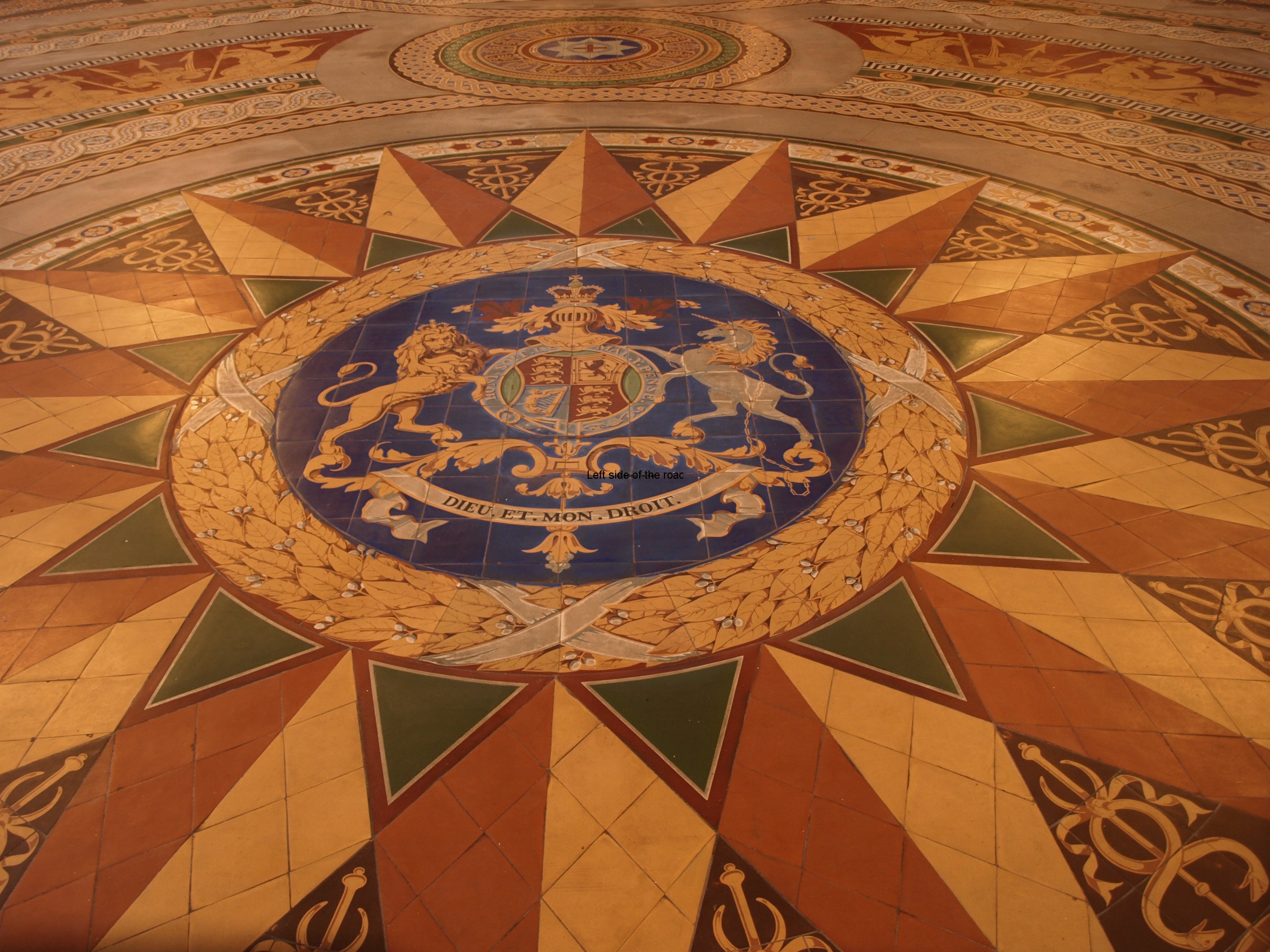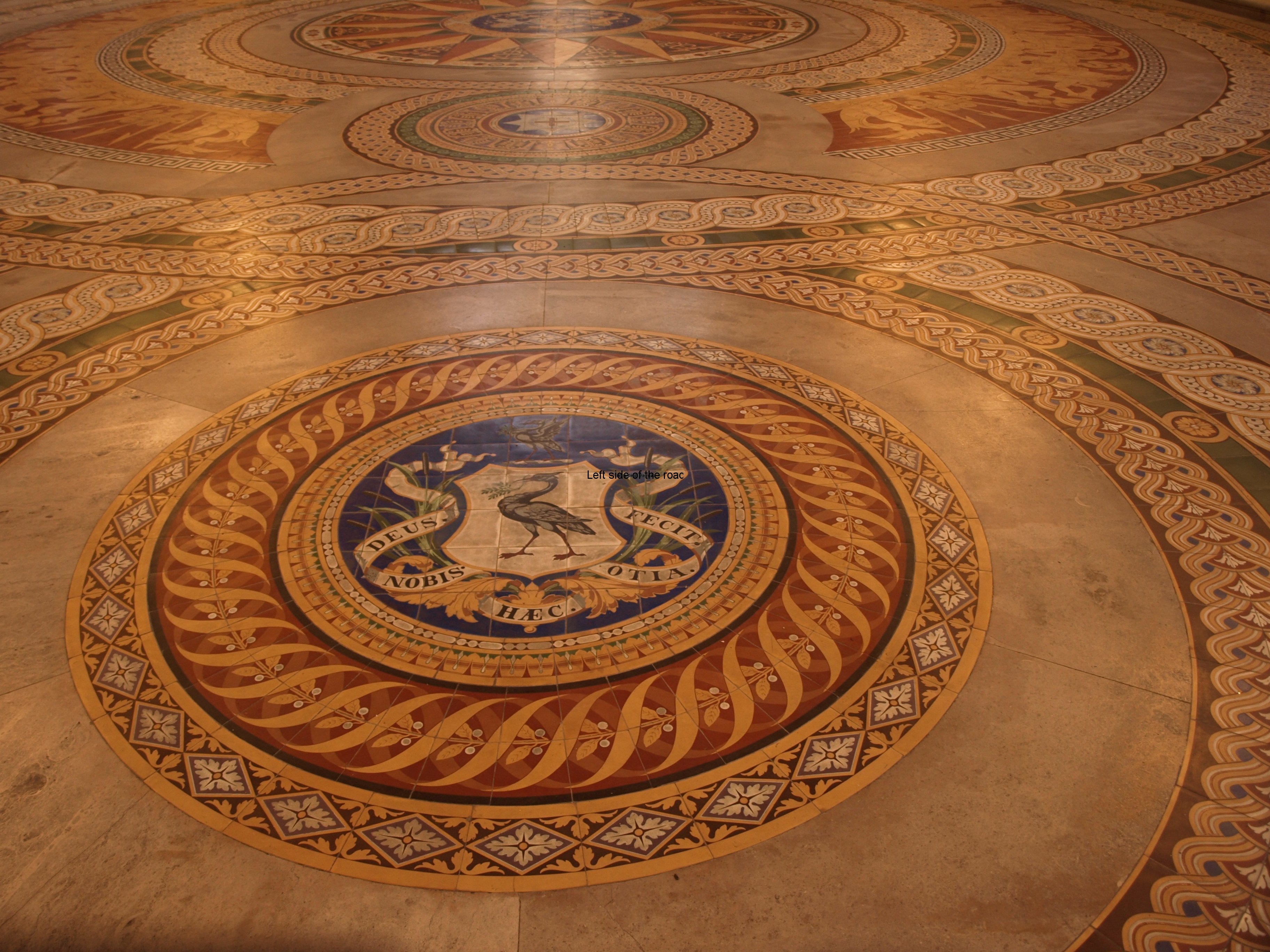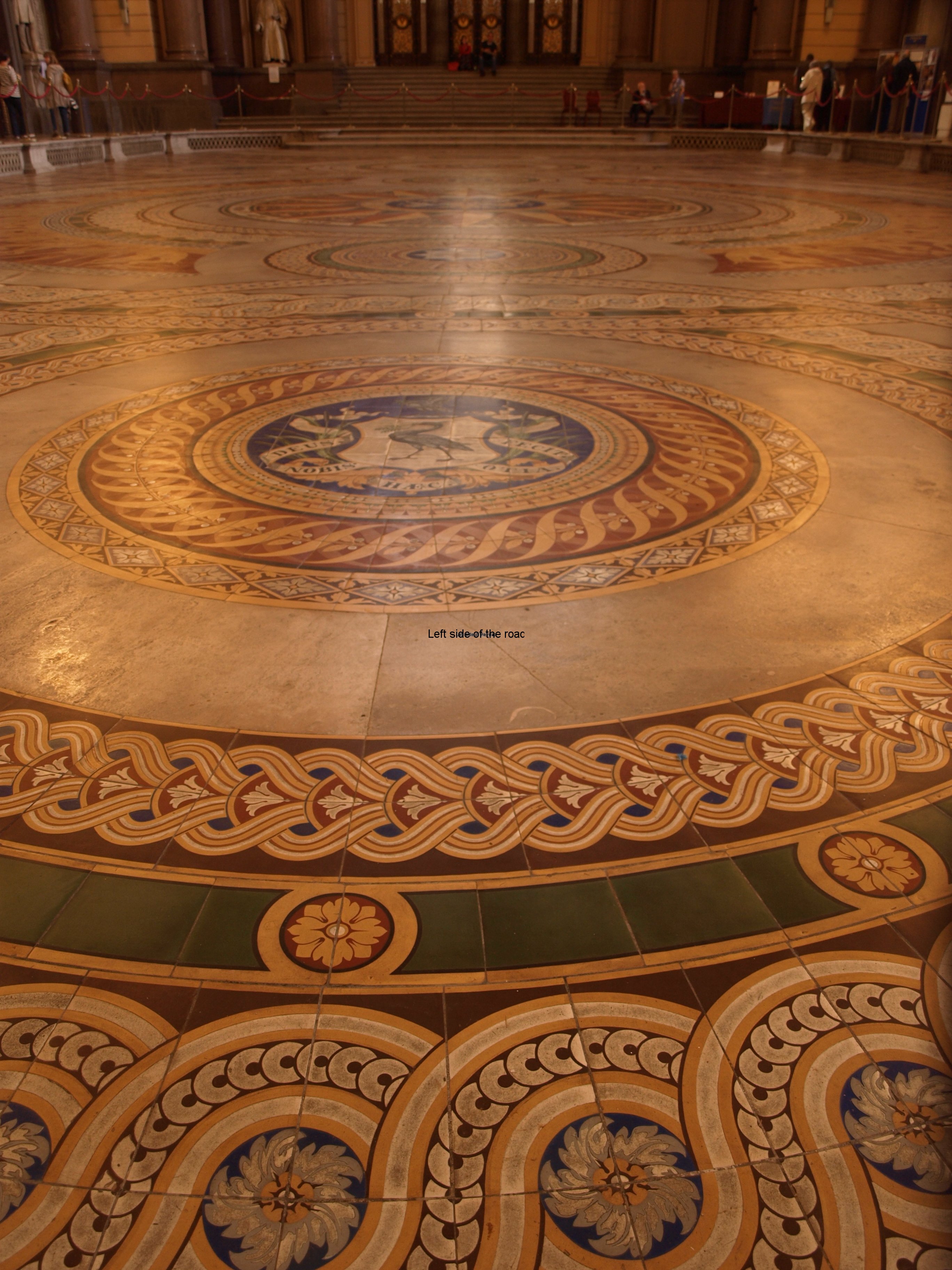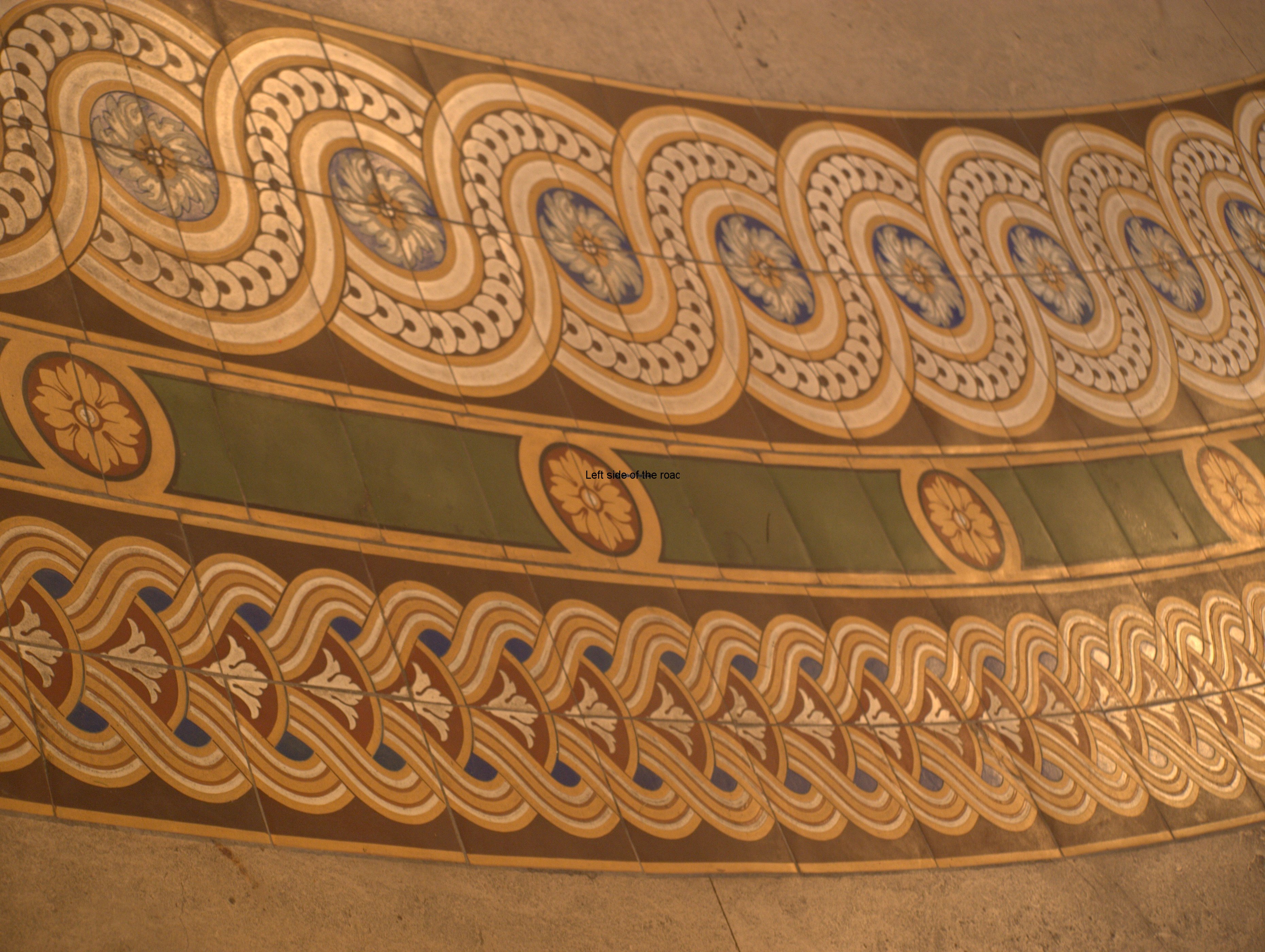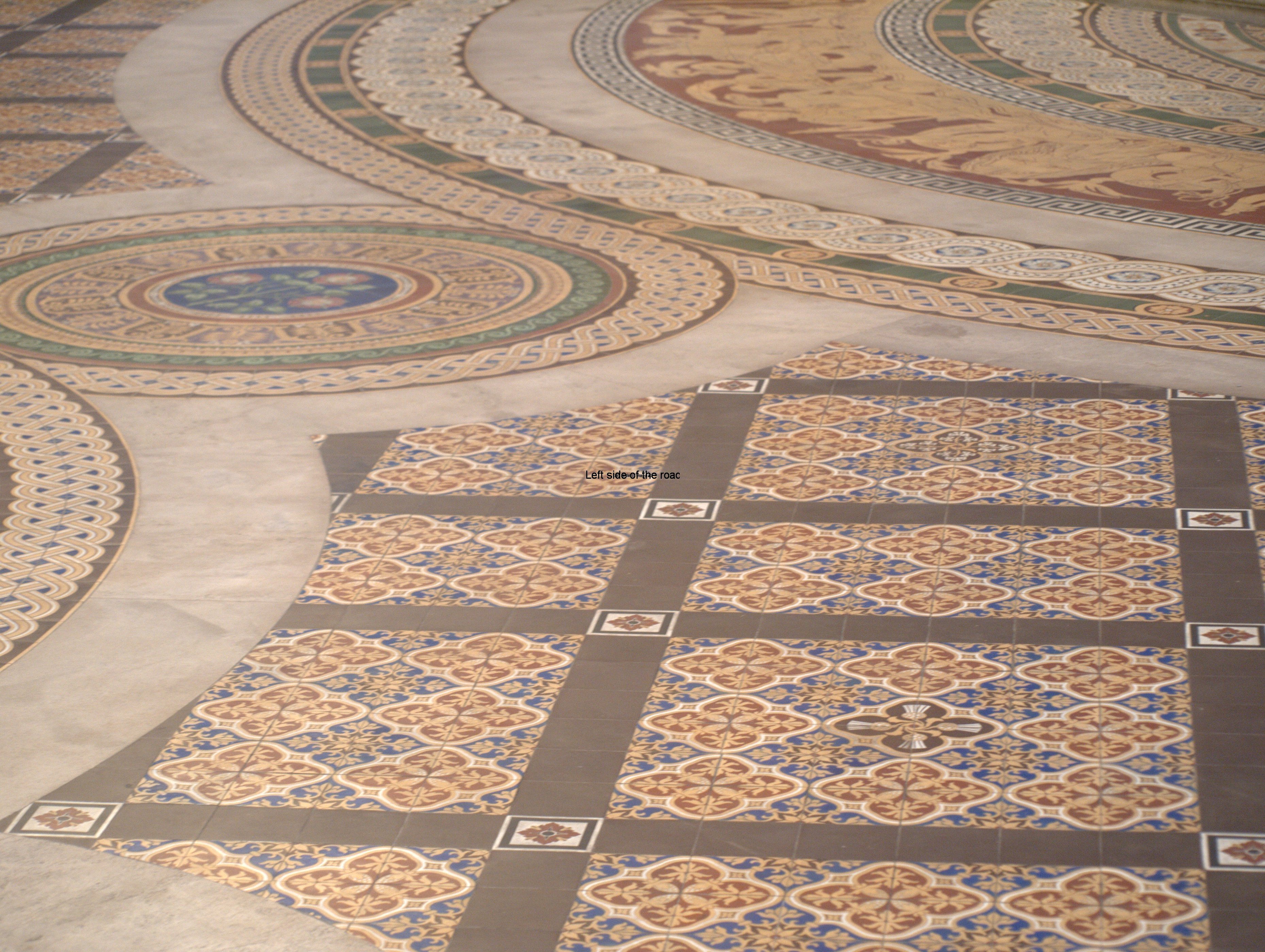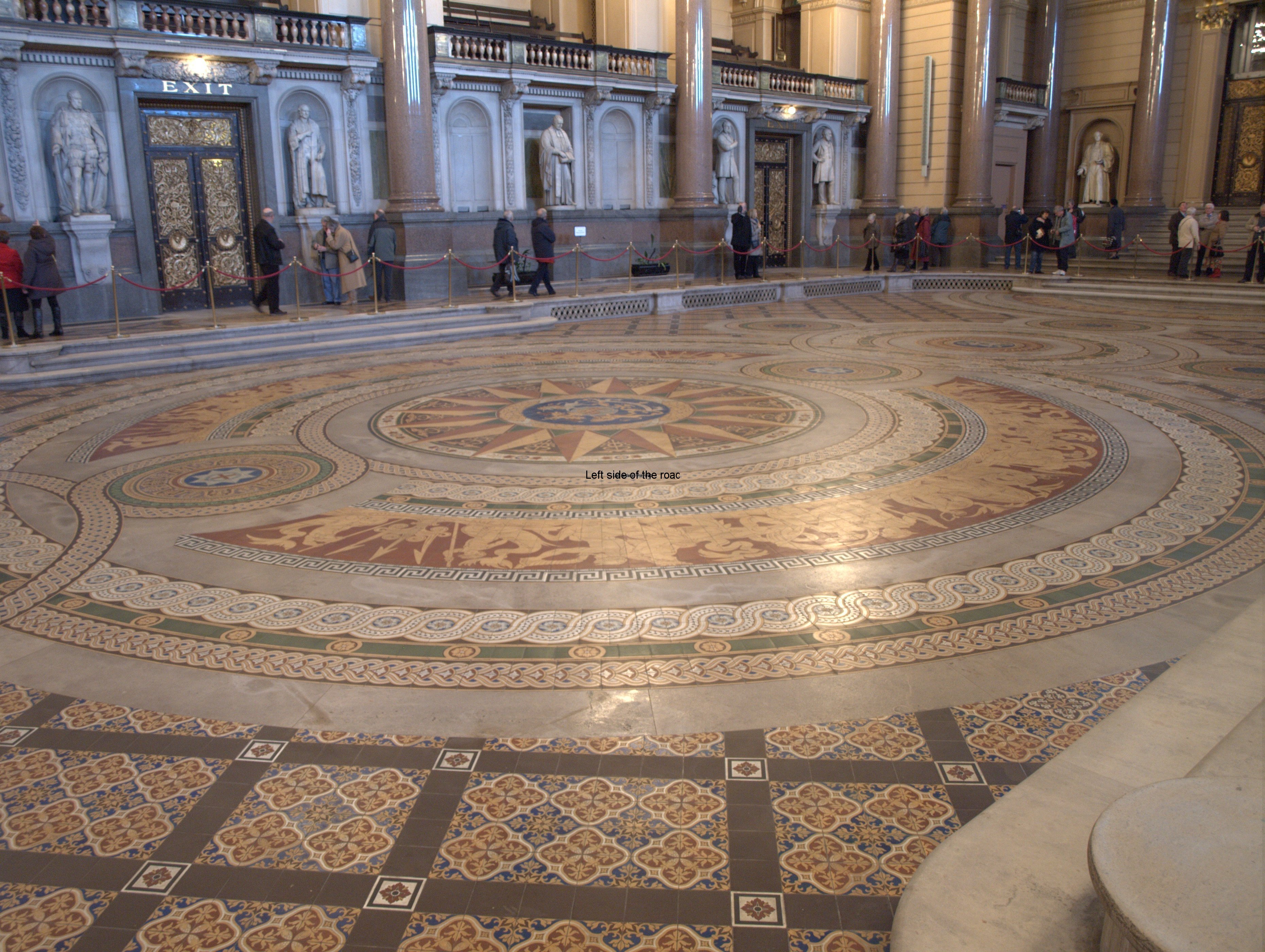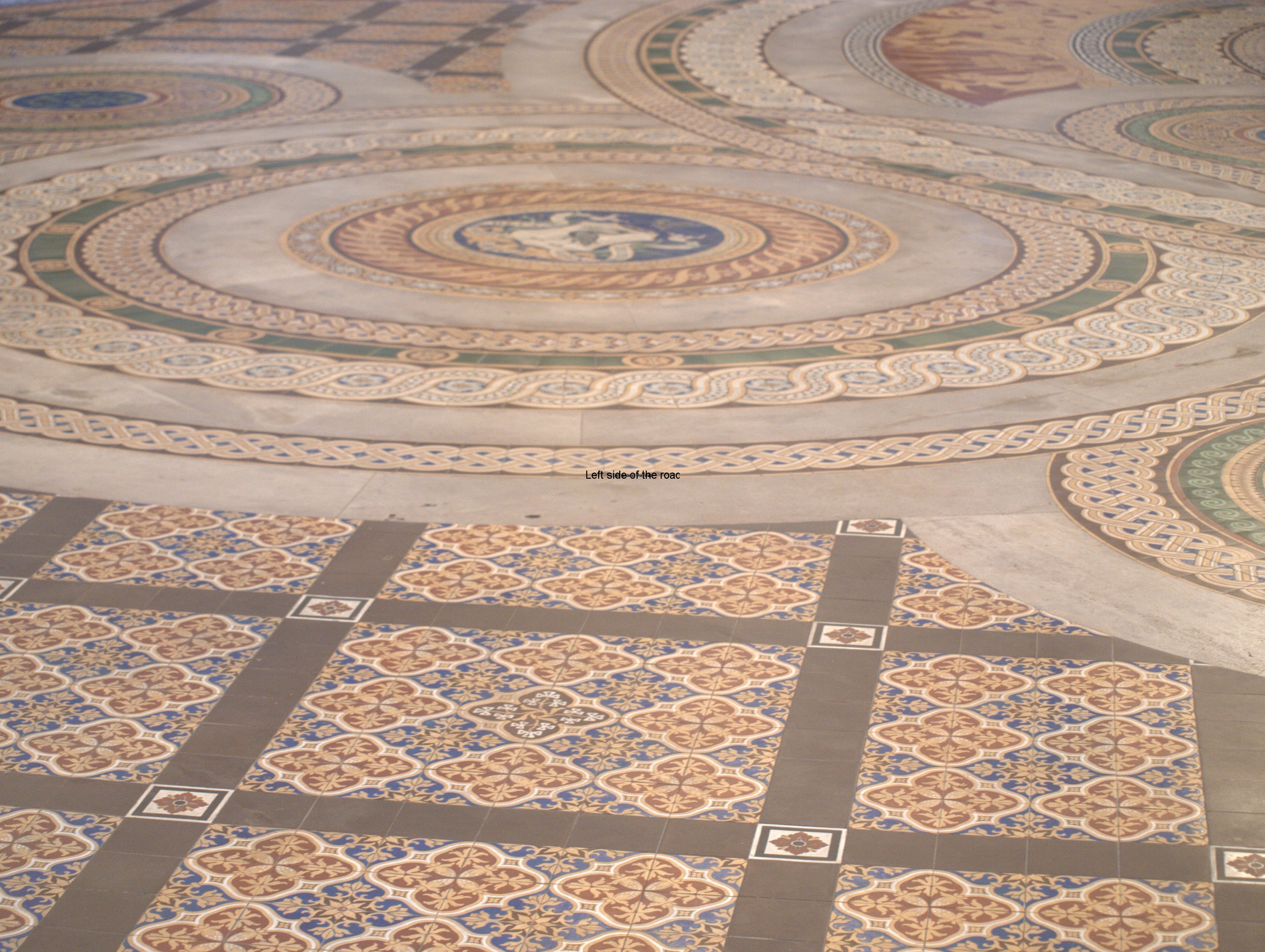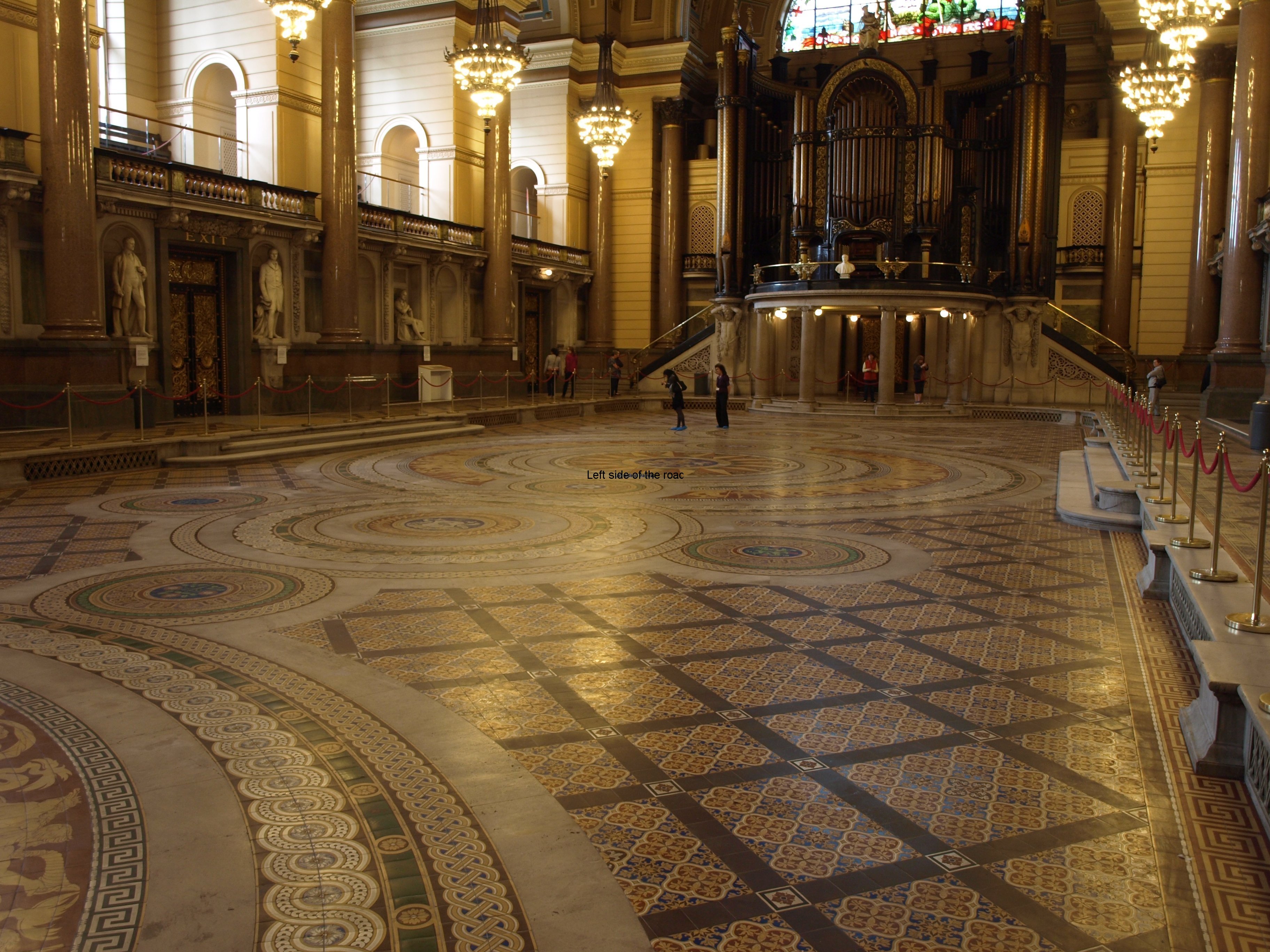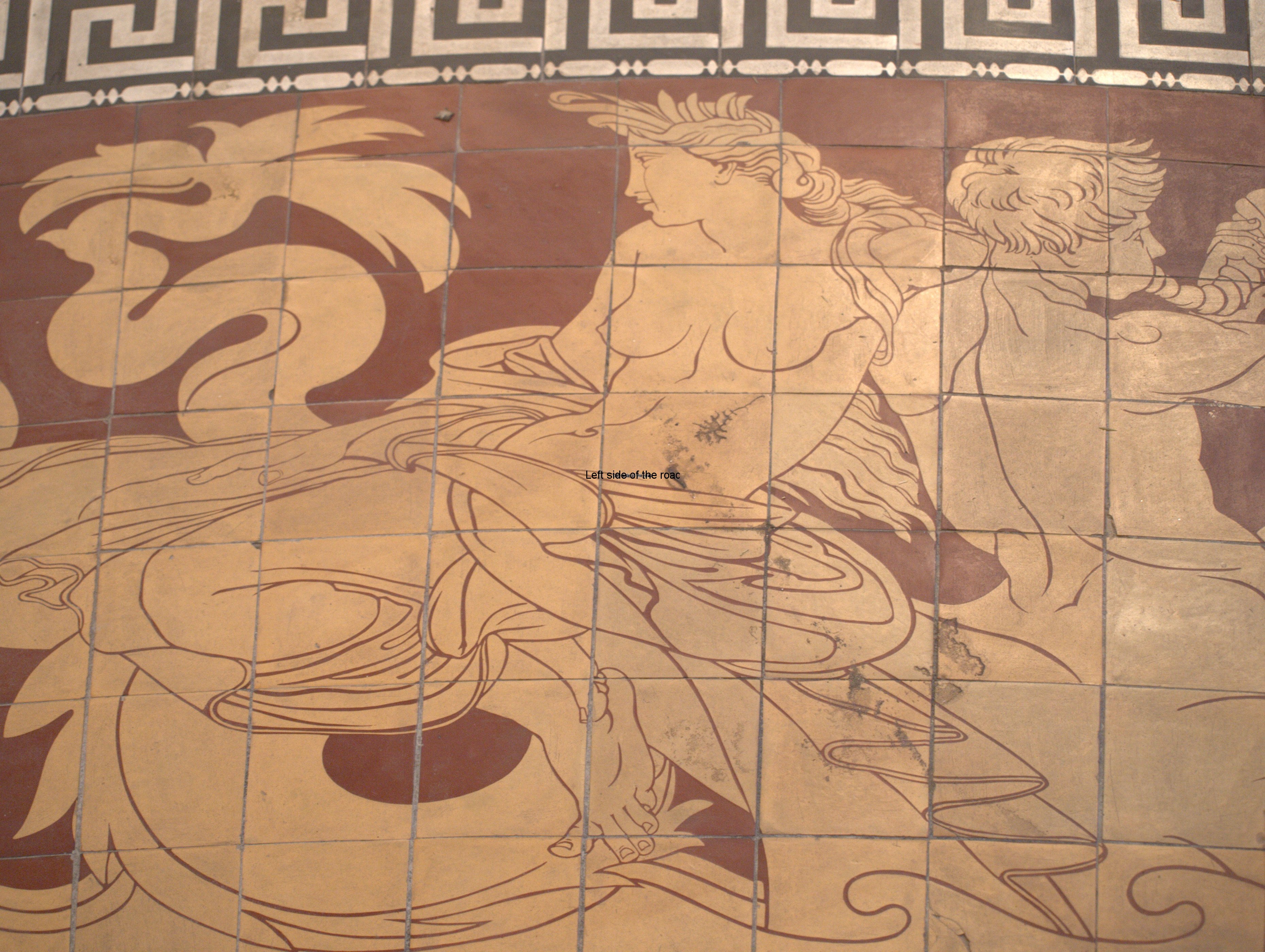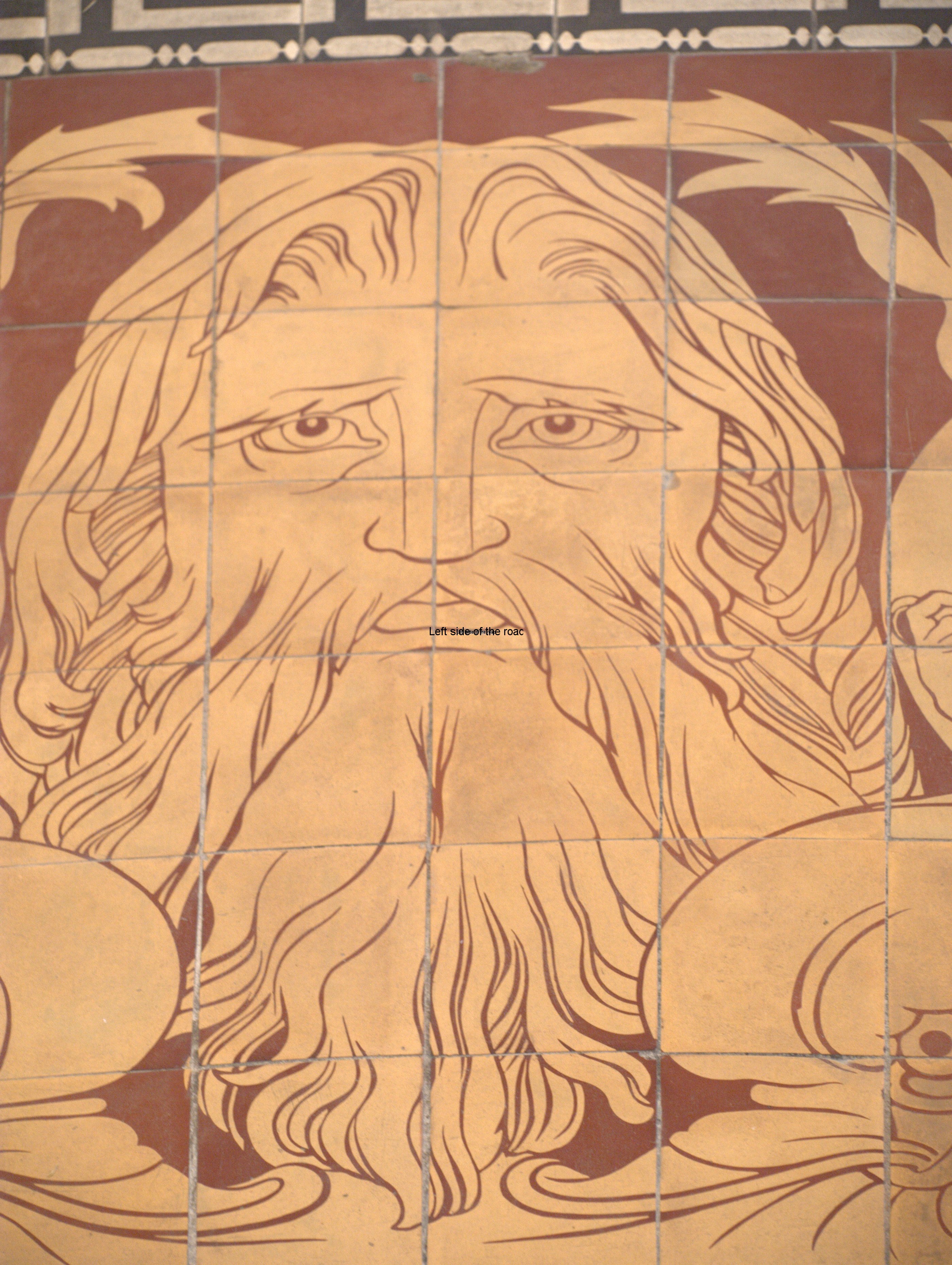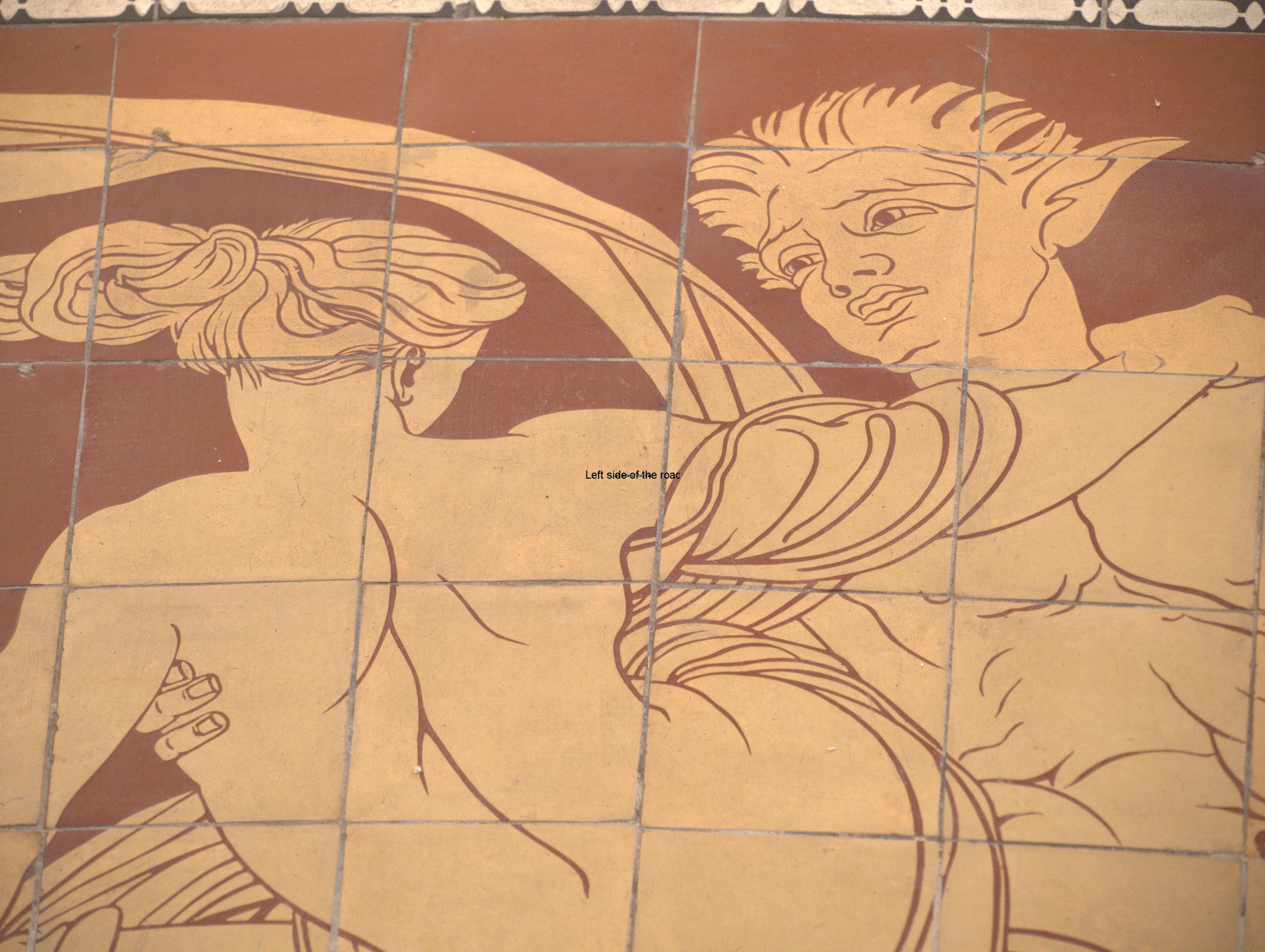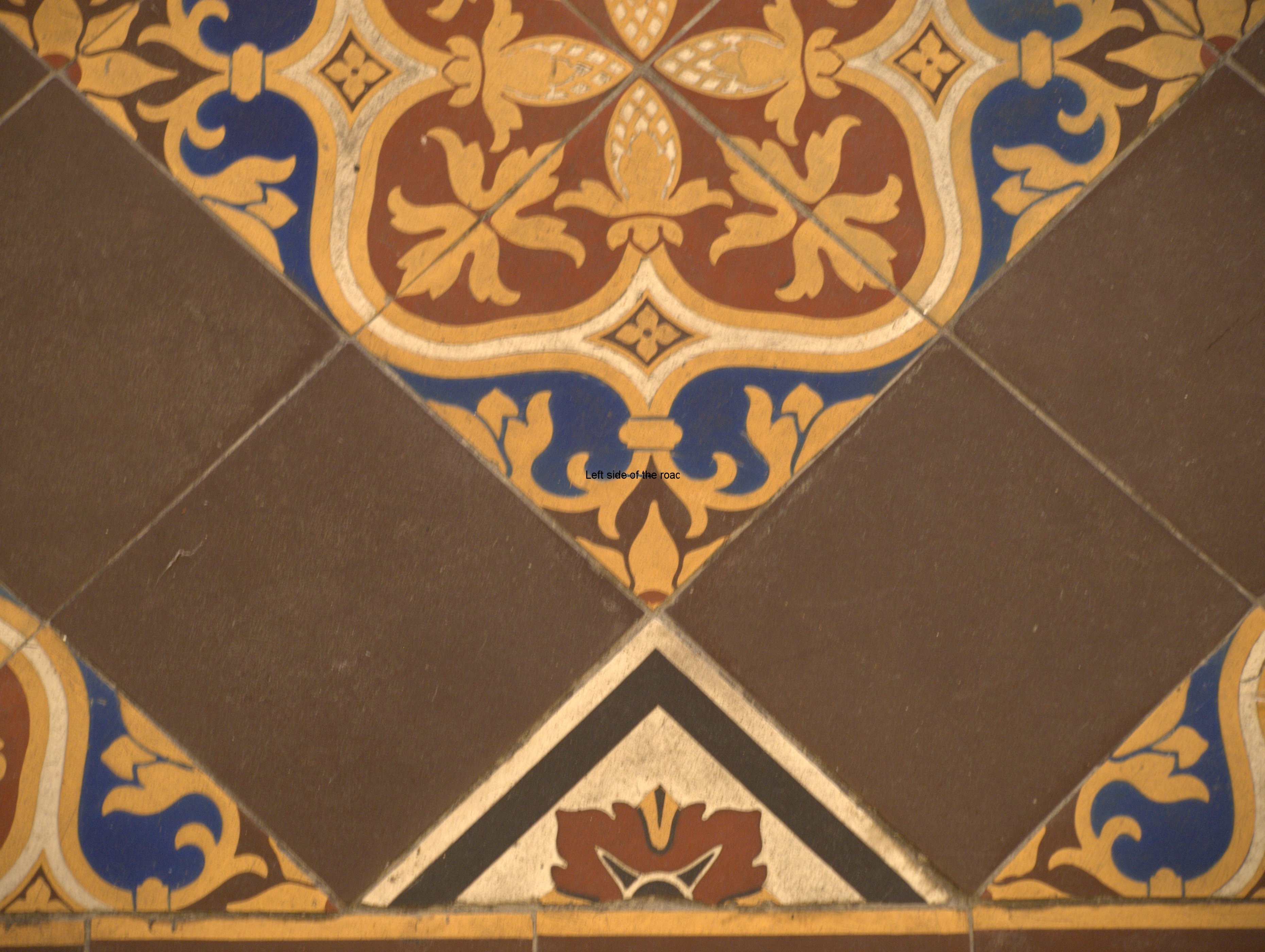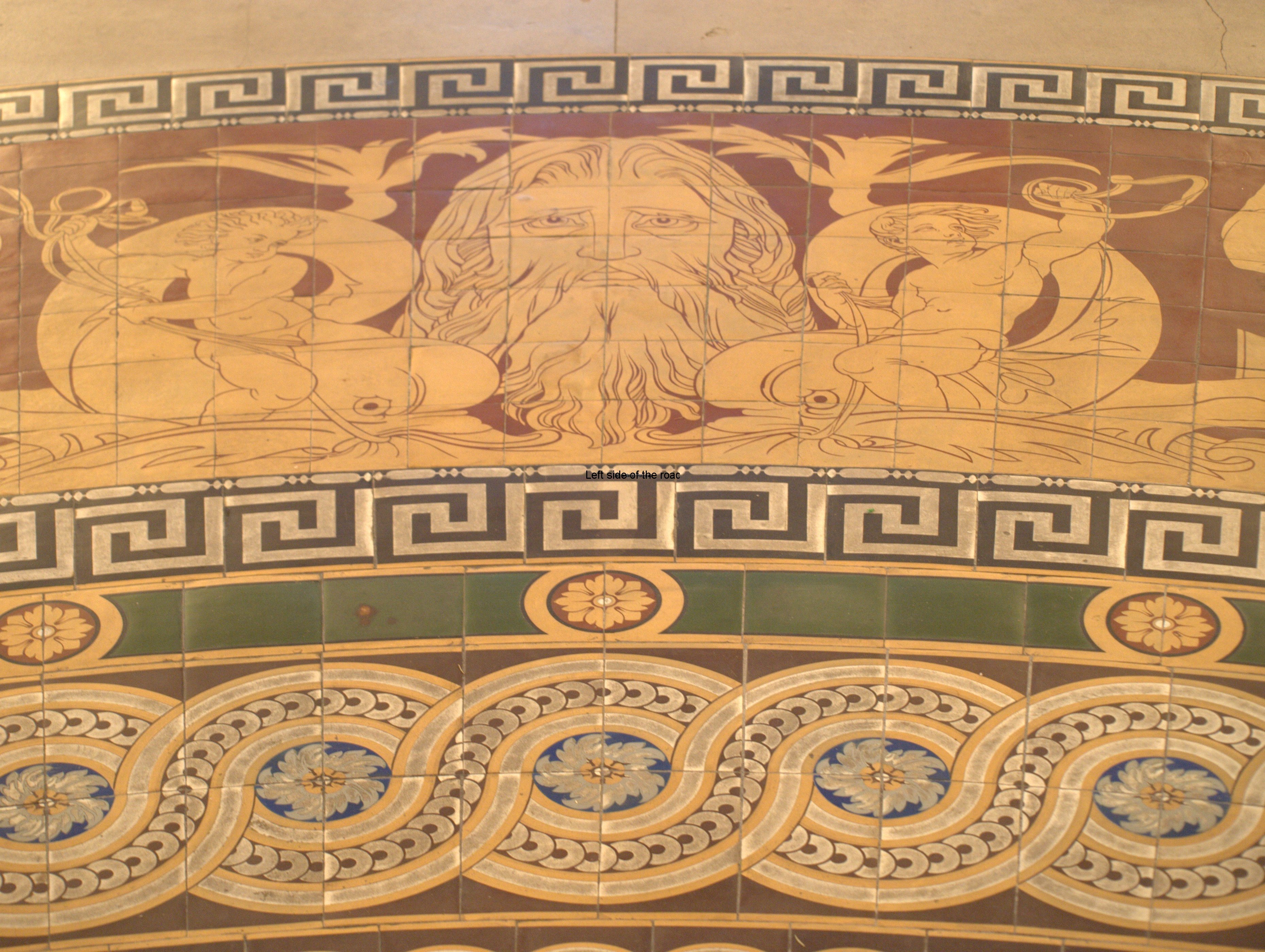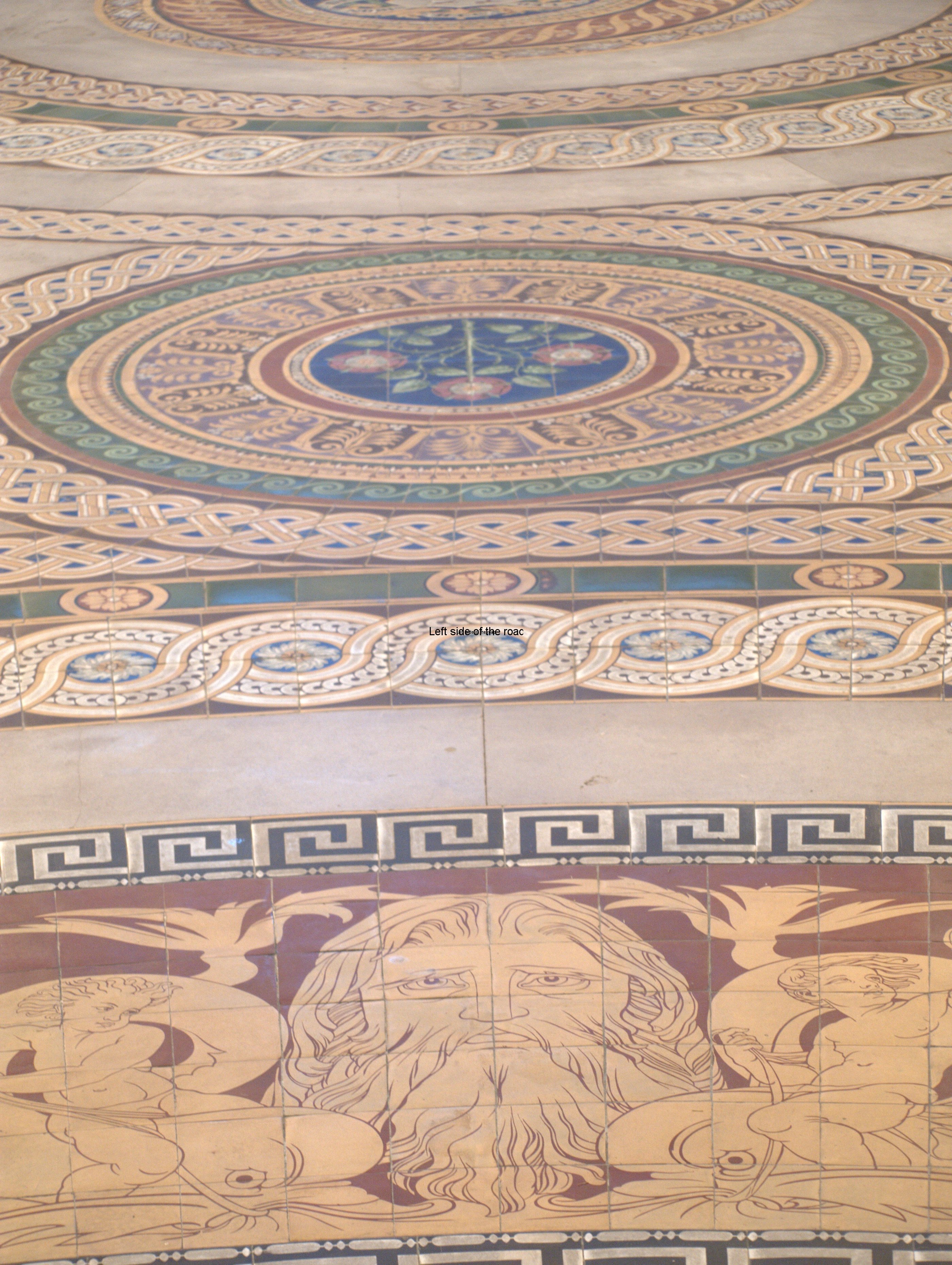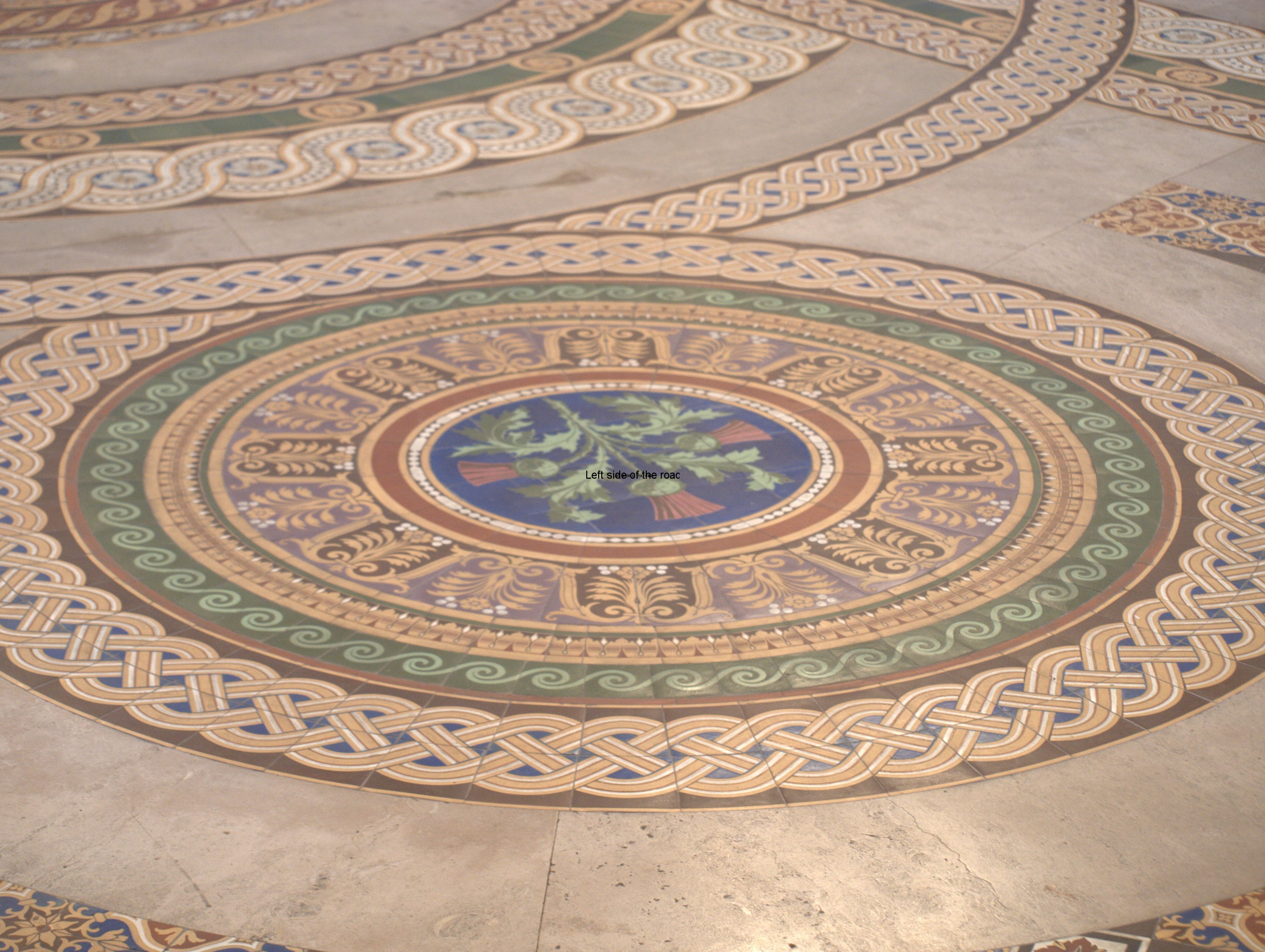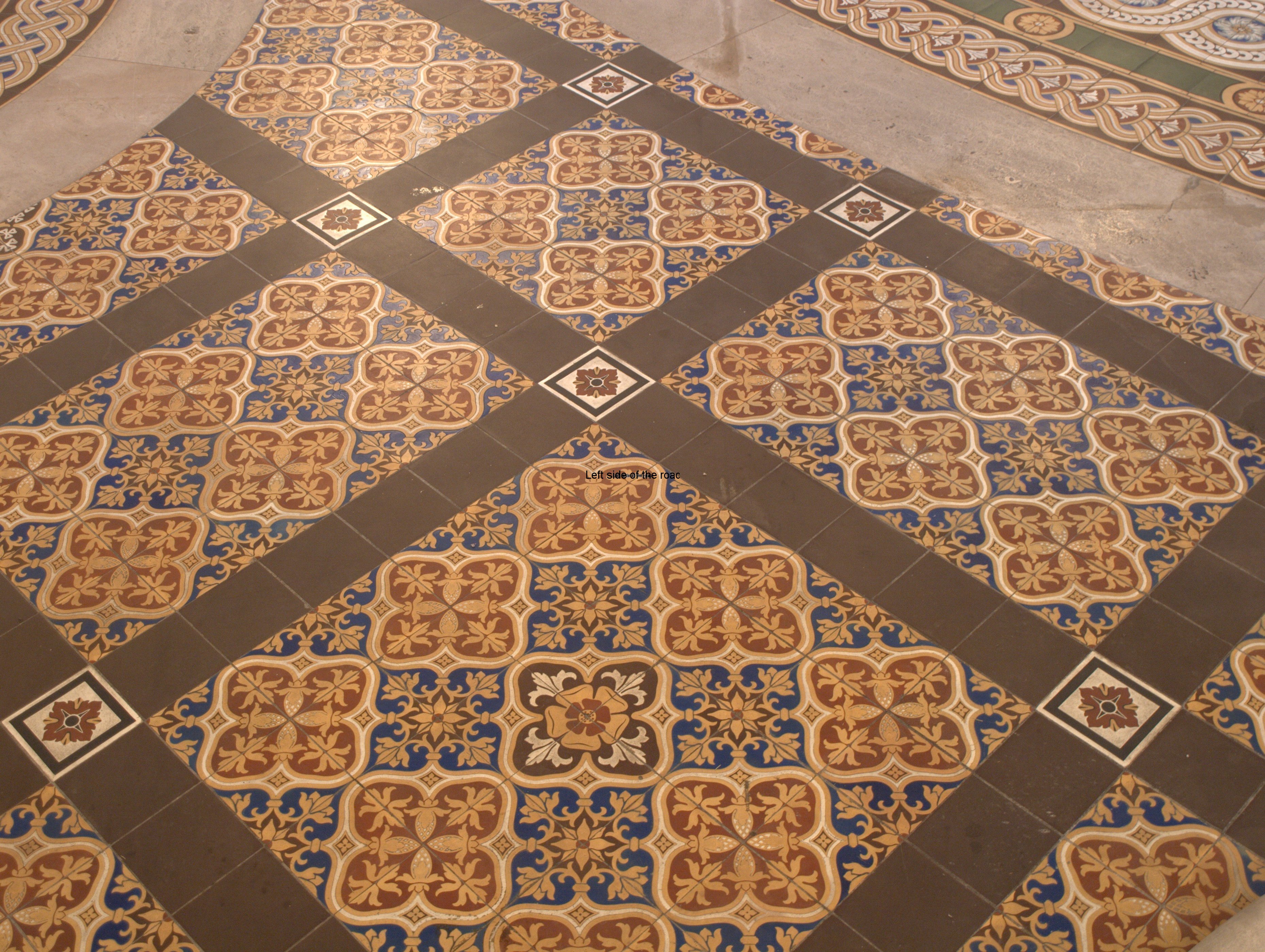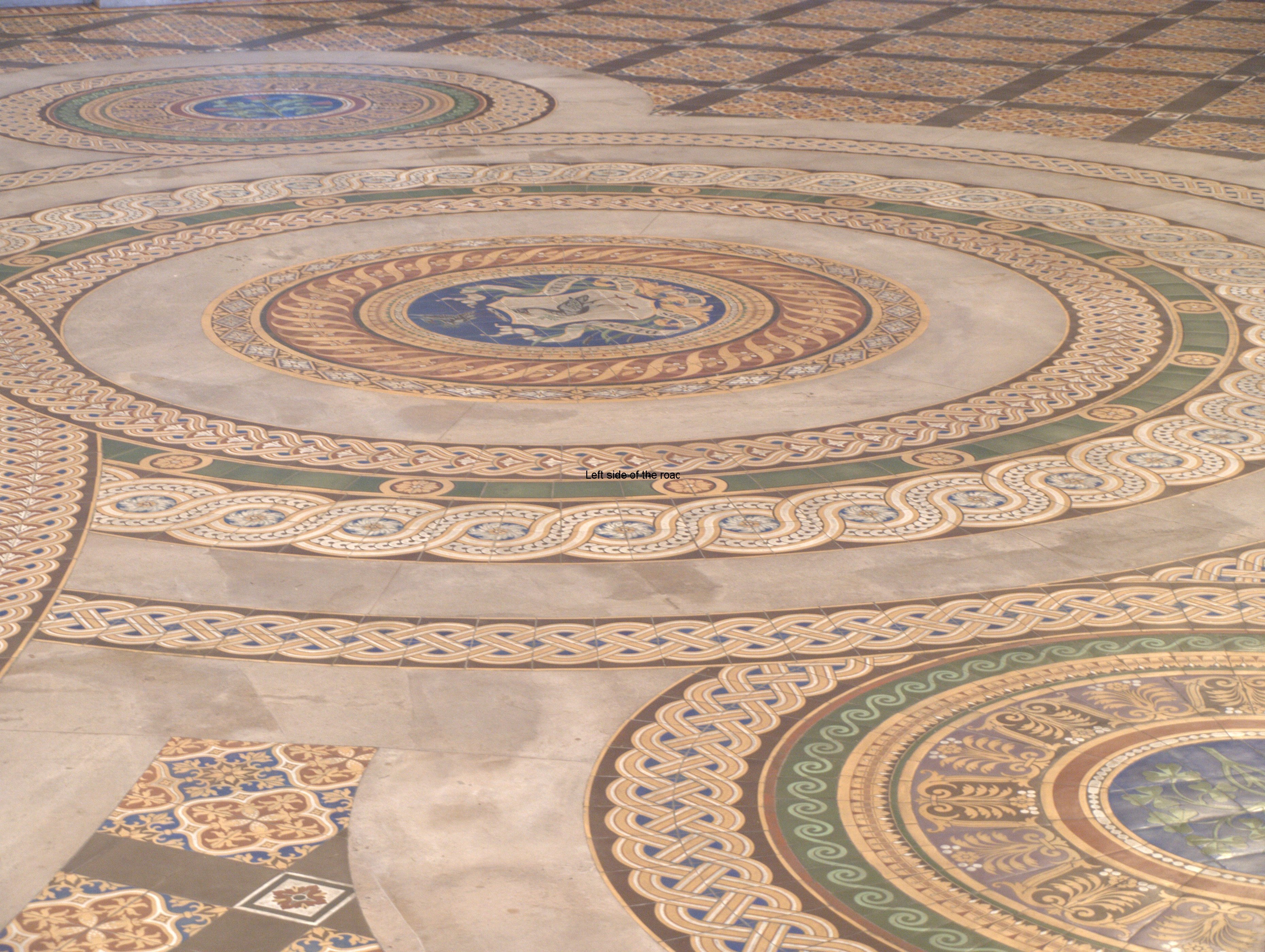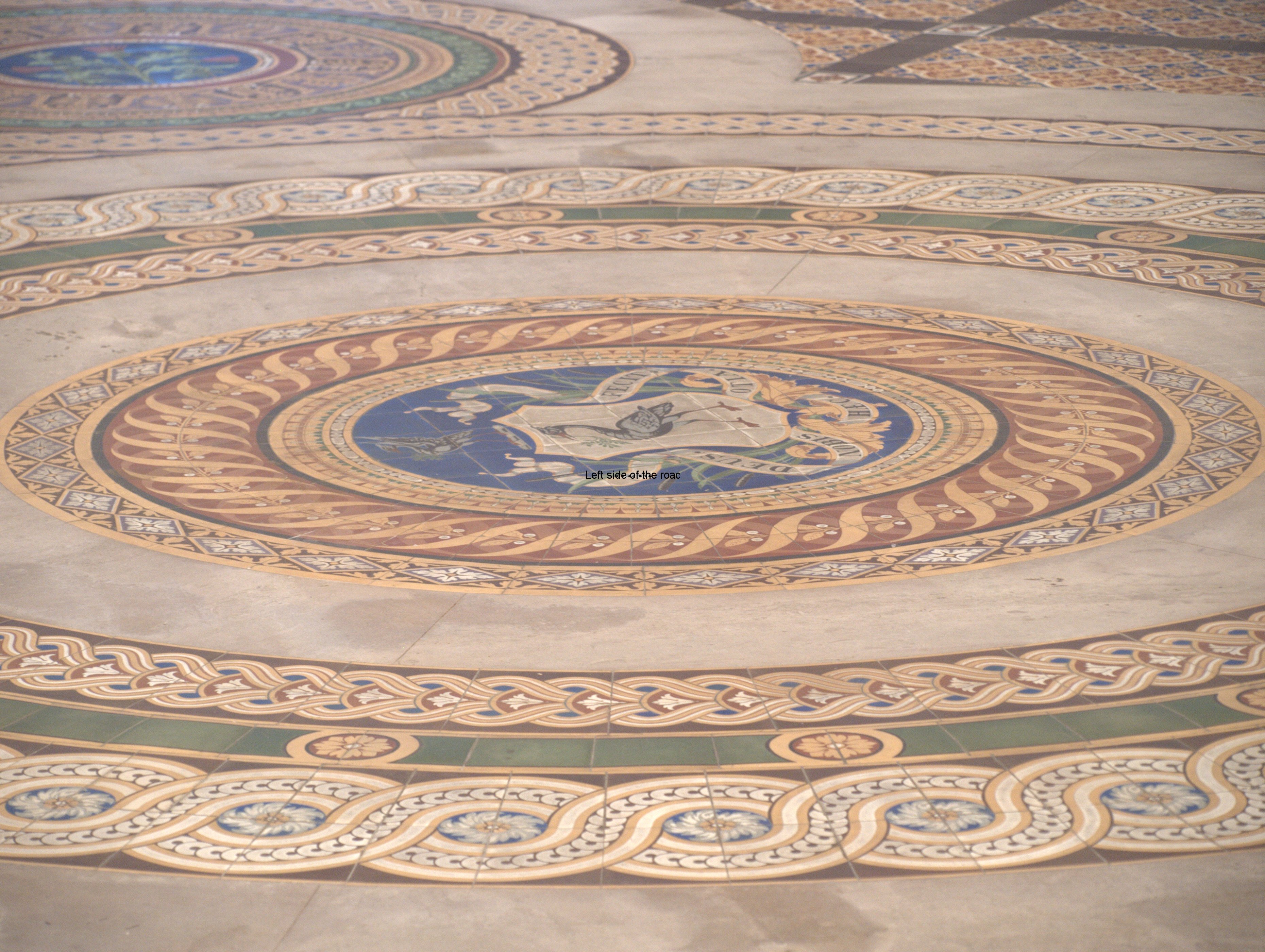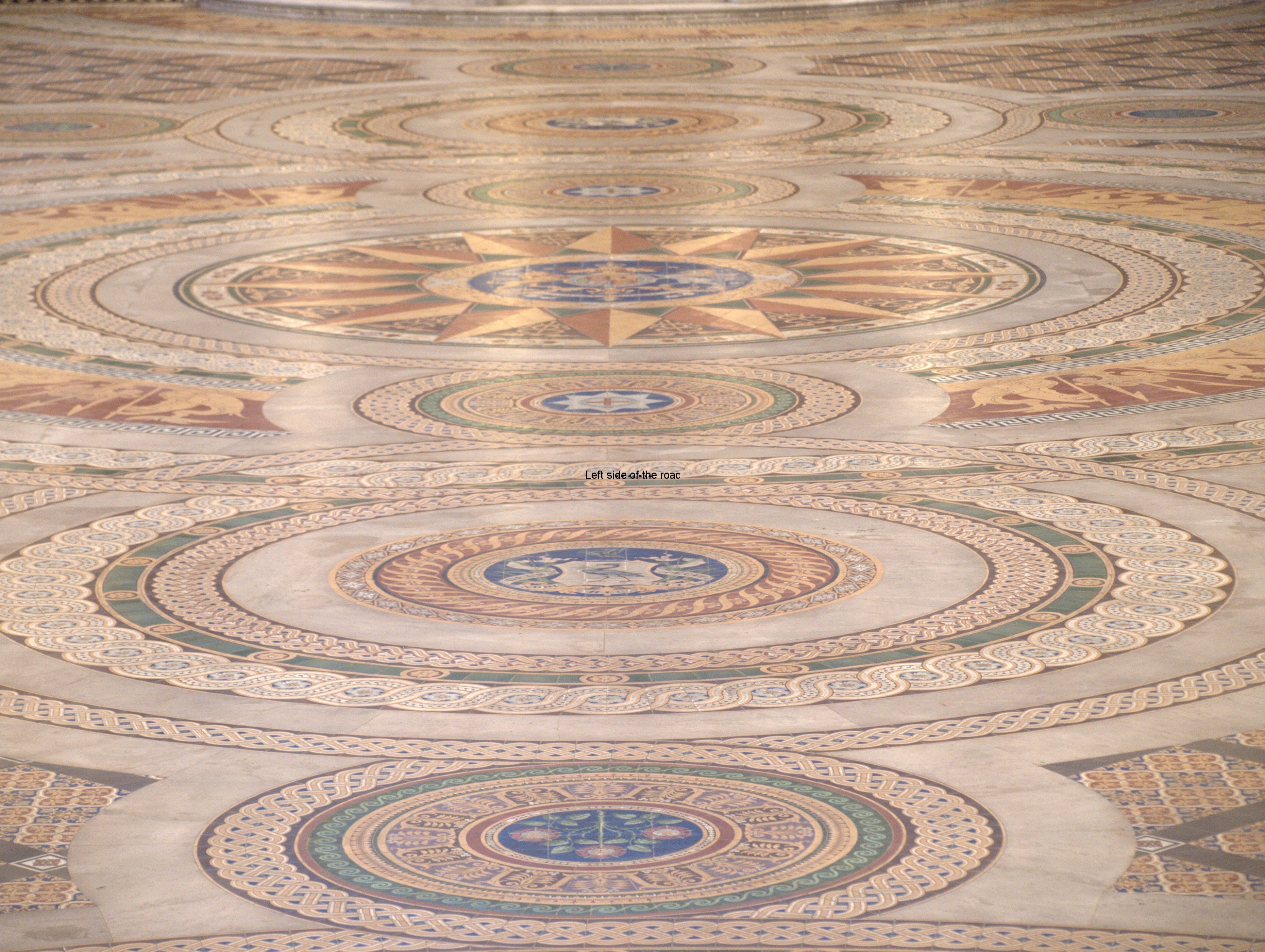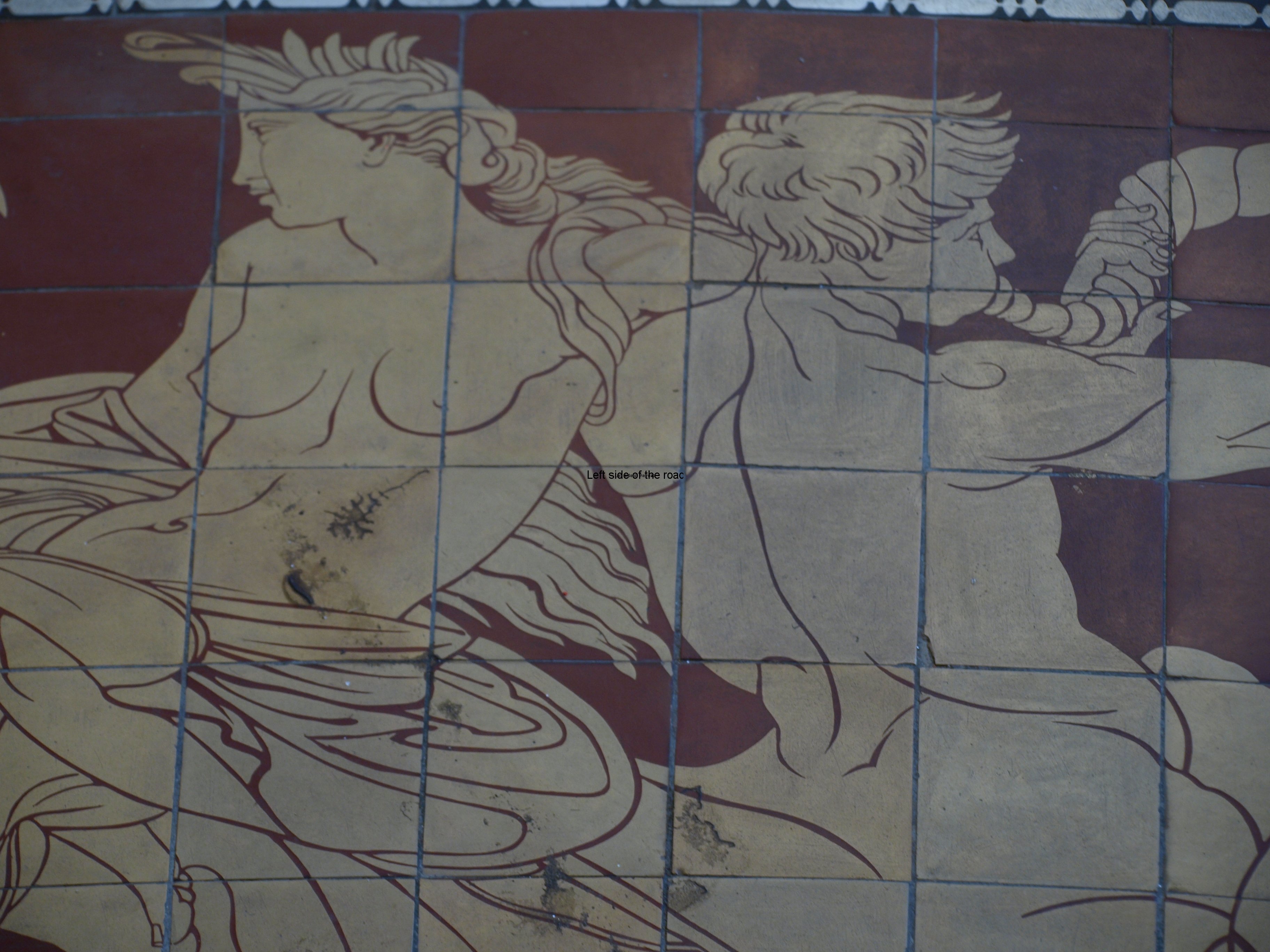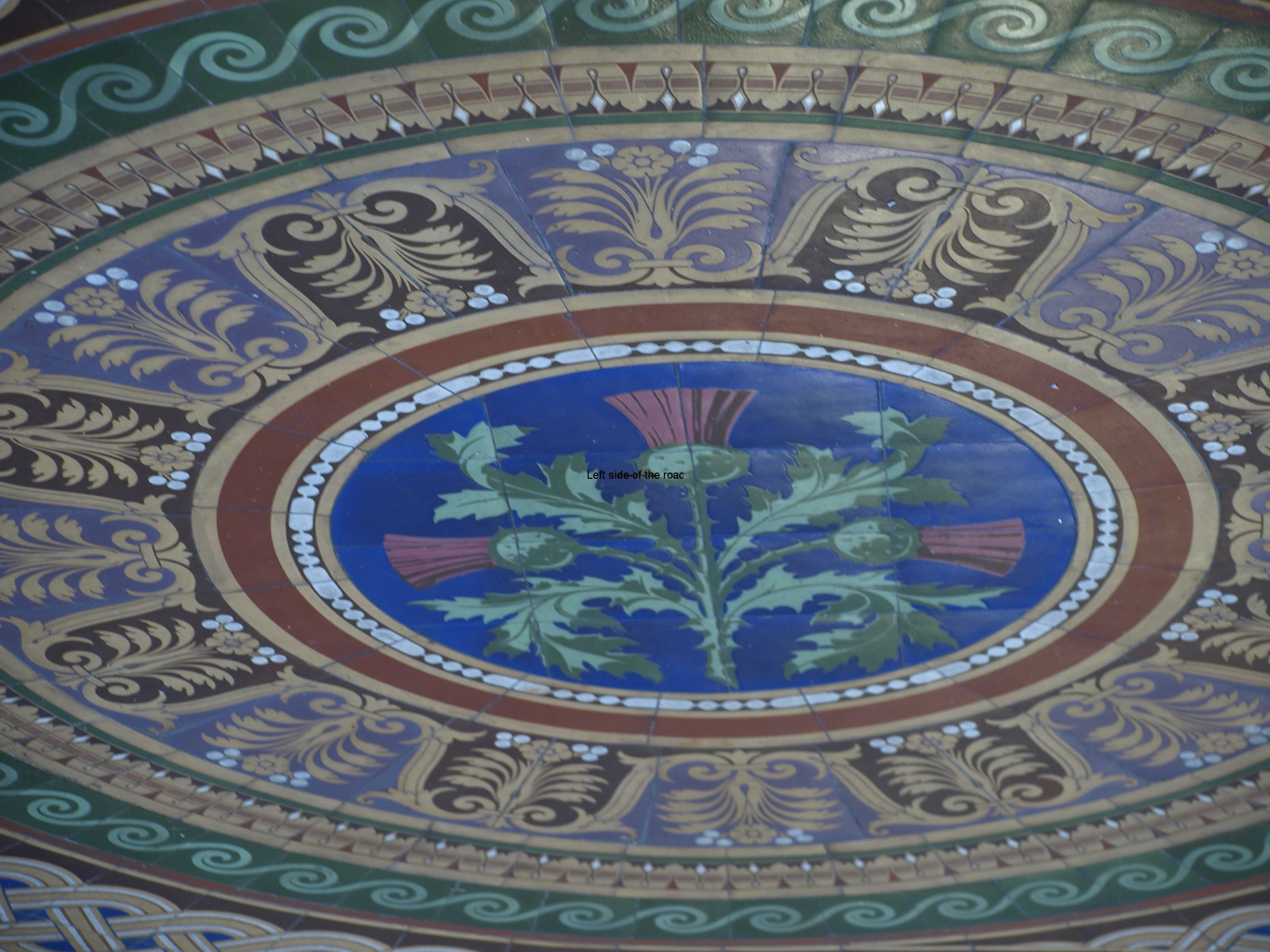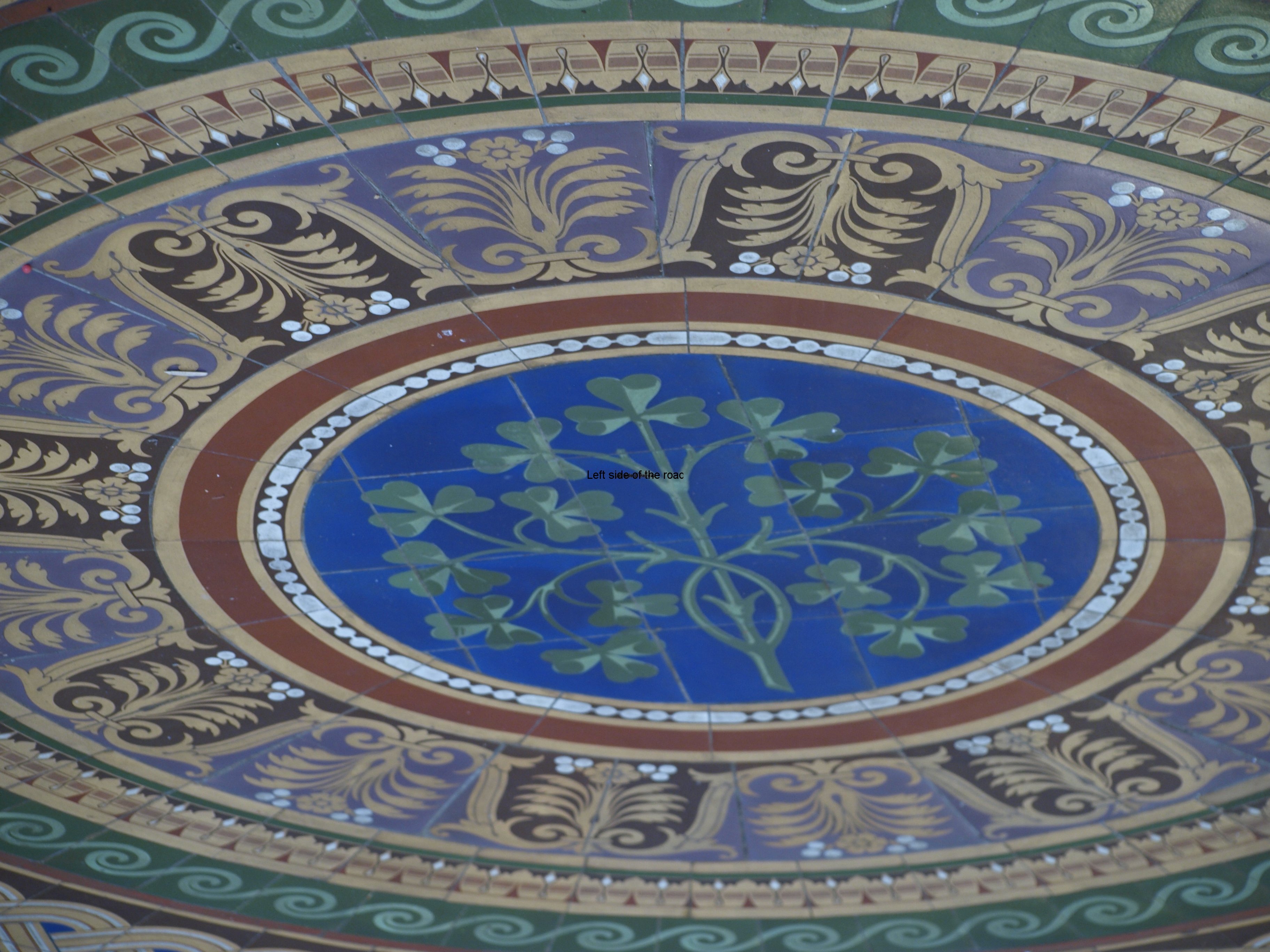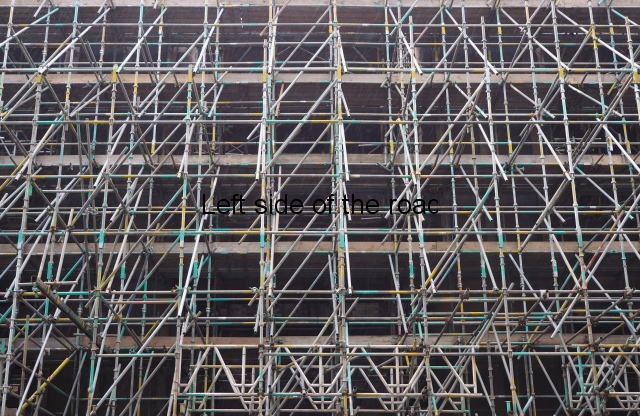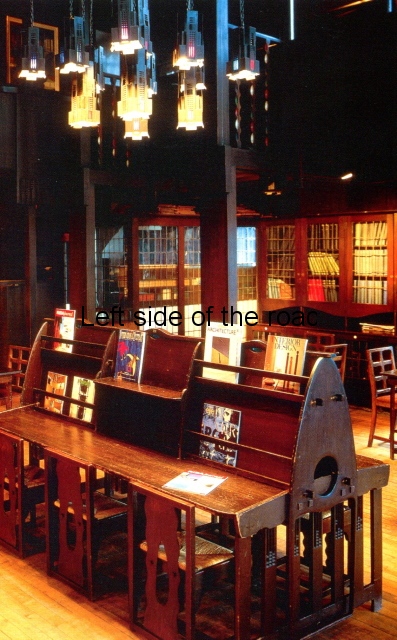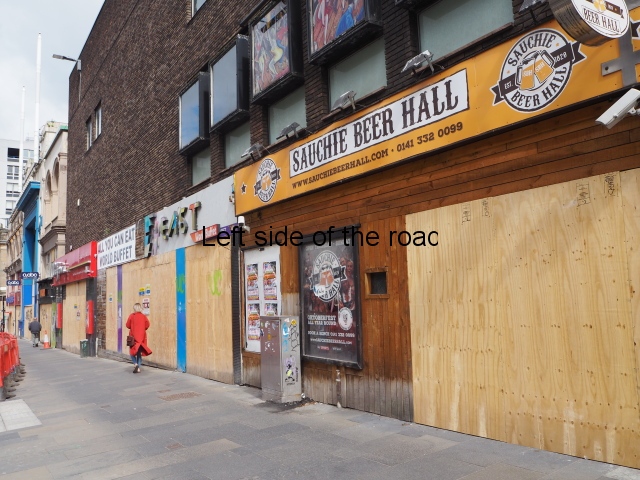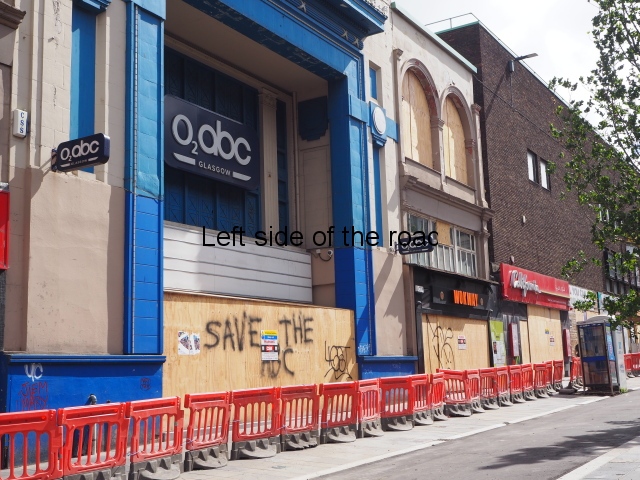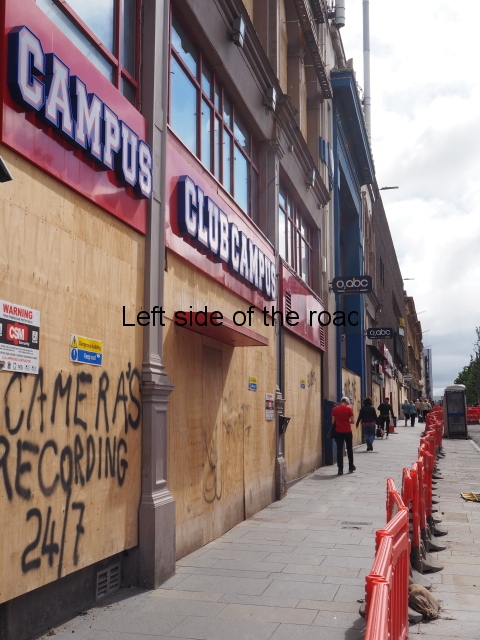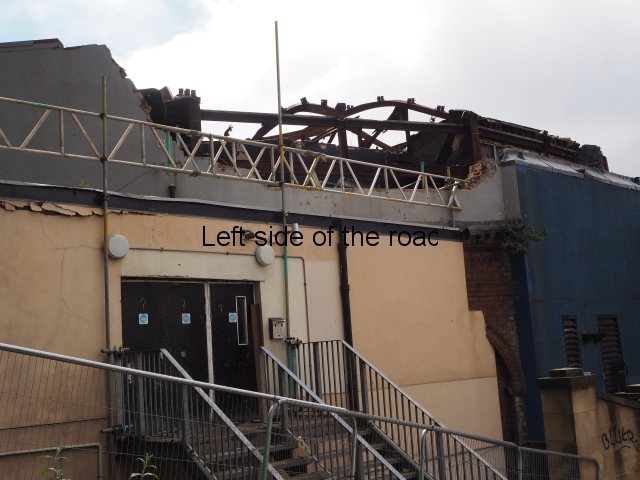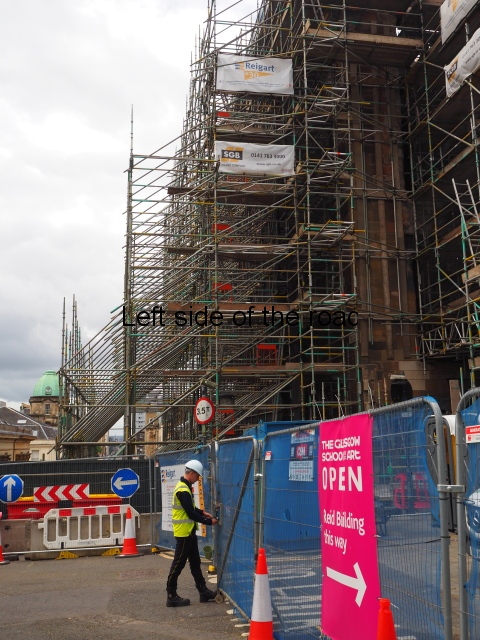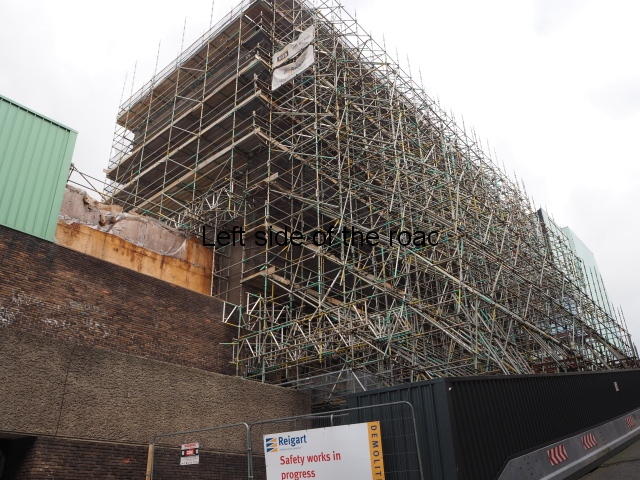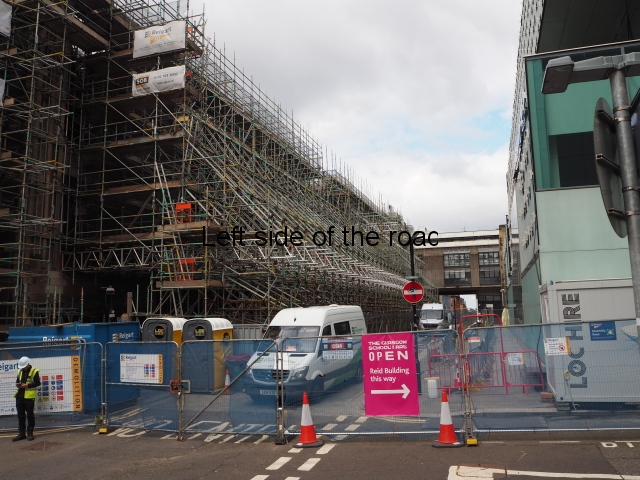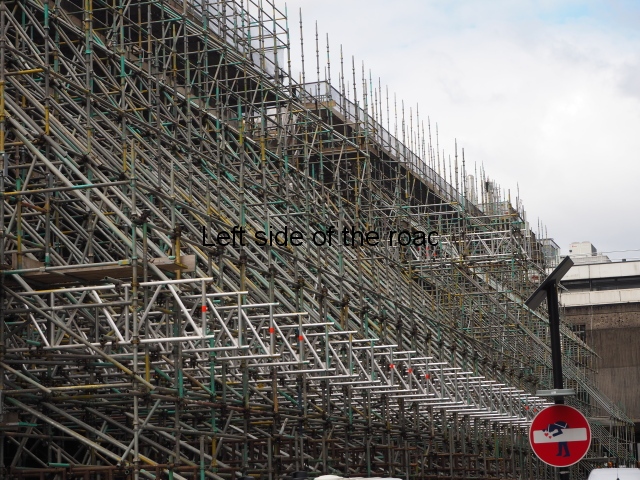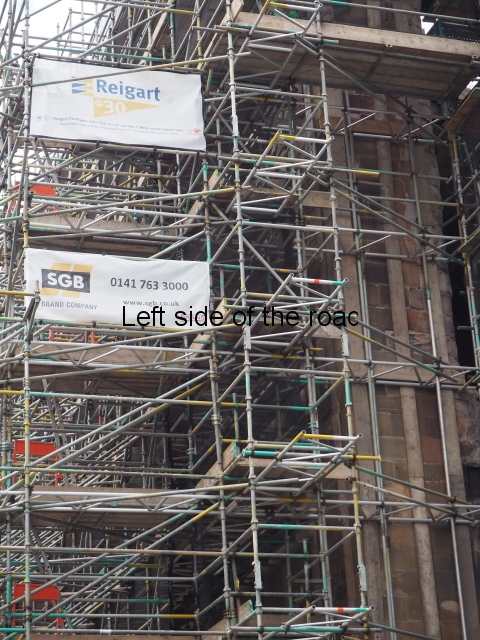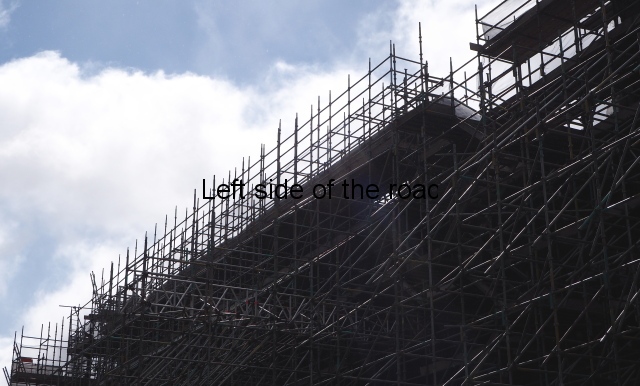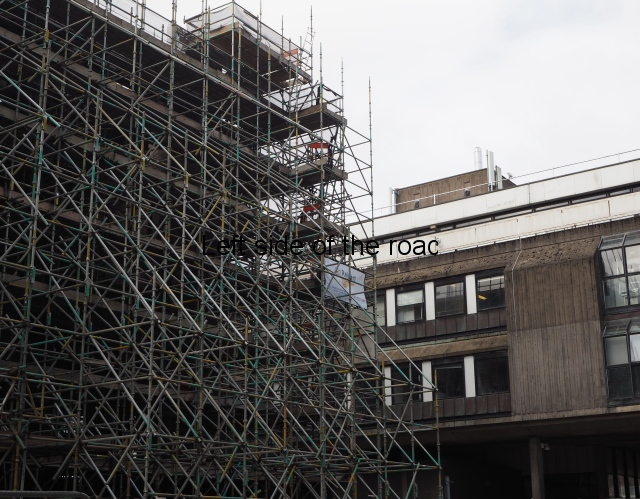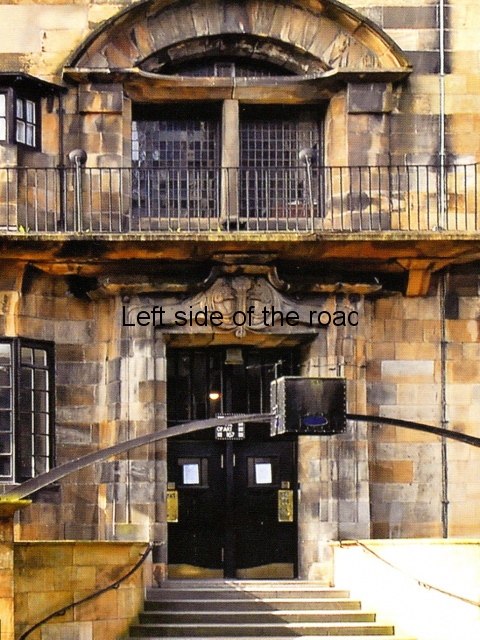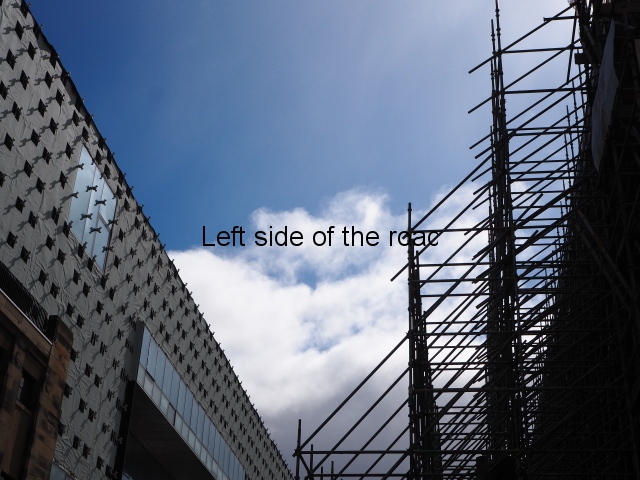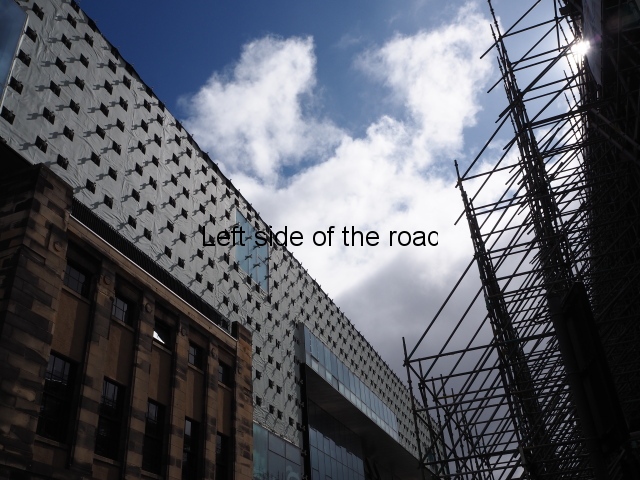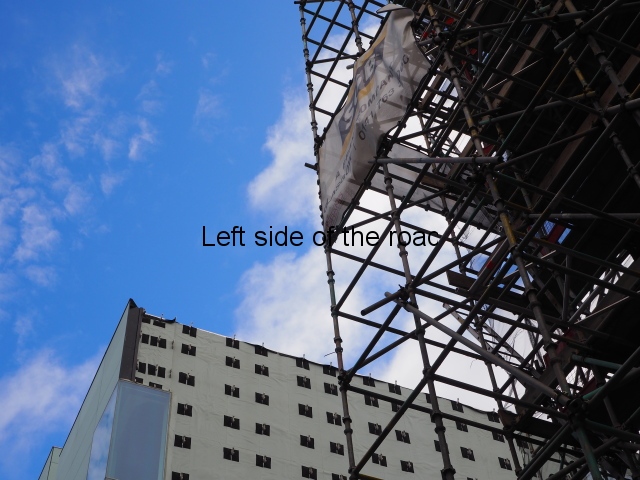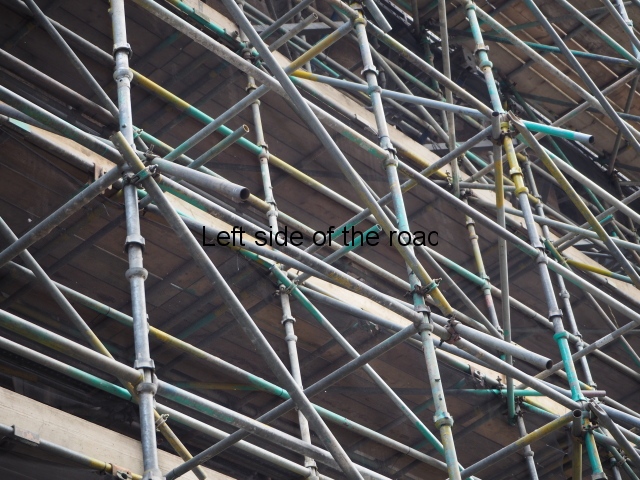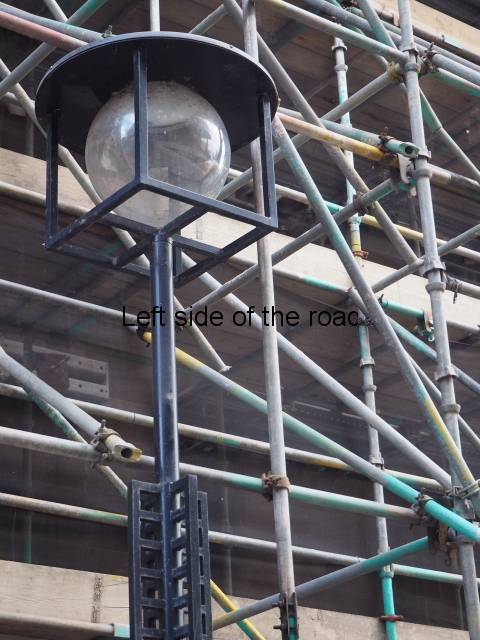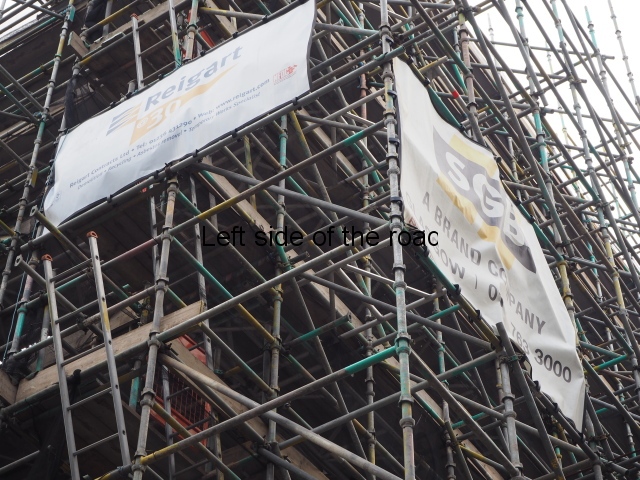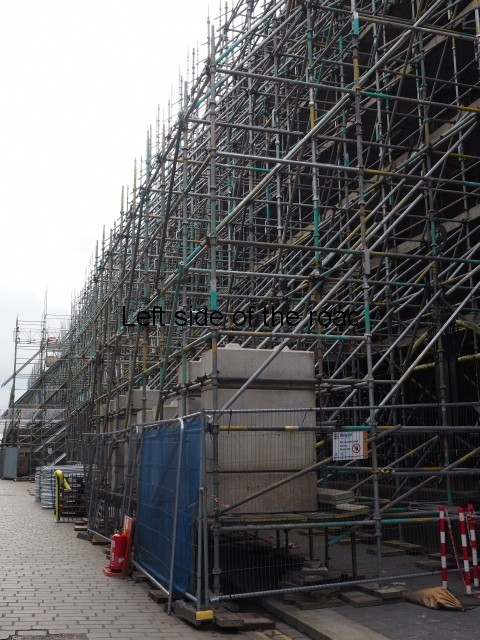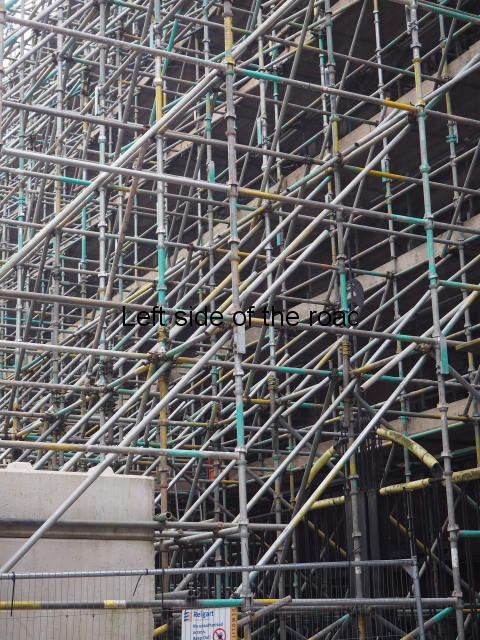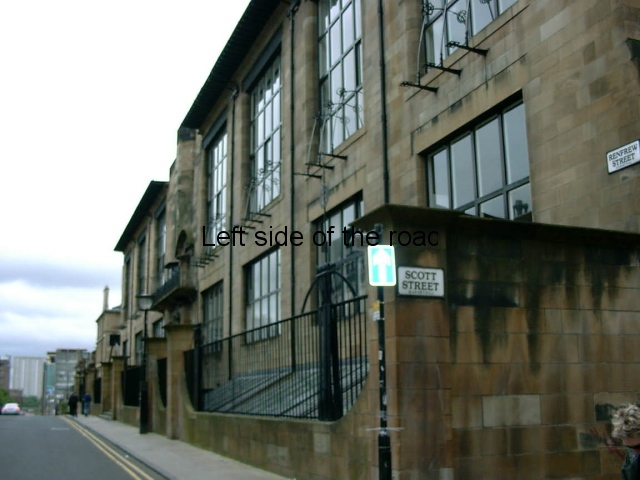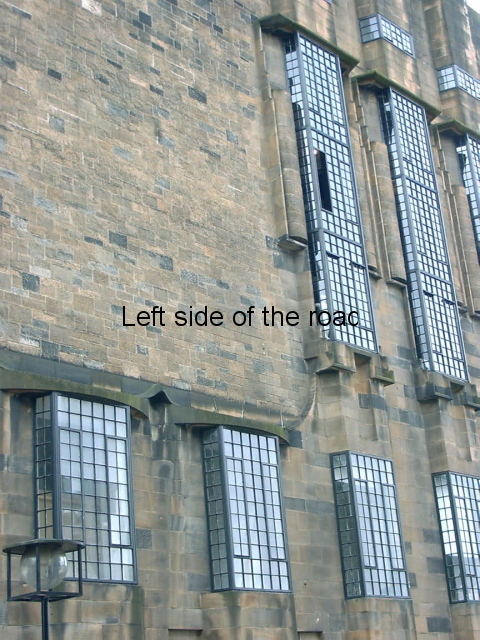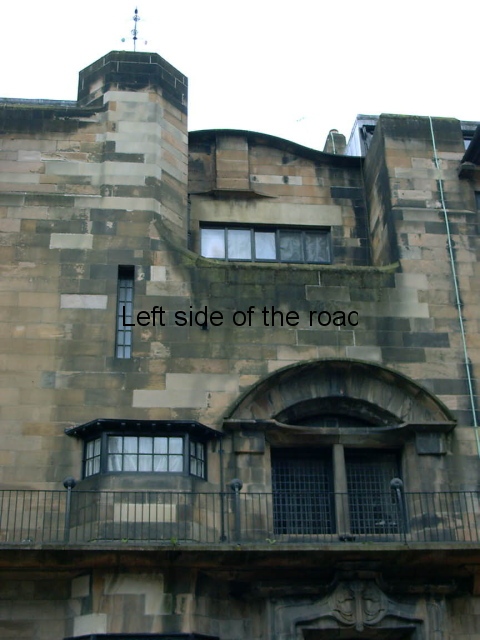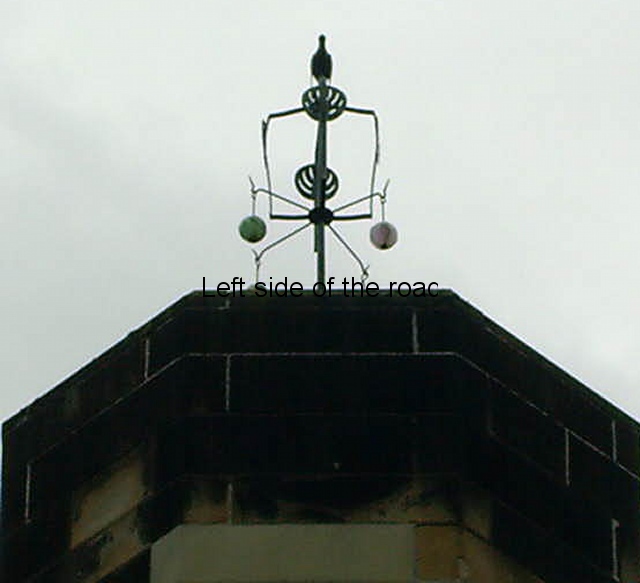
The Mother – Fatmir Haxhiu
More on Albania ……
The Mother – a Socialist short story
In various posts on this site I have been concentrating on providing descriptions and analyses of some of the many Lapidars in Albania. That is ongoing and there are still more to post in the future. At some time I also want to have a look at Albanian paintings from the Socialist period (1944-1990). Some of these have been introduced as they cross over with the sculptures on the monuments. There is still an opportunity to see some of these paintings in various locations throughout the country – principally the National Art Gallery in Tirana but also in the City Art Gallery in Durres, the Historical Museum in Fier and the Museum in Peshkopia.
But it wasn’t just in the plastic arts that Socialist Realism had a role to play in the construction of Socialism. Putting the role of the working class and peasantry in the forefront of all that happened in society, in the post, present and future, was also a task of writers of short stories and novels. For those interested in this aspect of Albania’s road to Socialism the various foreign language publications (especially the large format, monthly colour magazine, New Albania) provided translations from the Albanian language in English, Russian, French, Chinese and Arabic. The story below appeared in New Albania, 1971, No 6.
This particular story dealt with a fictional incident in the National War of Liberation against the Fascist invaders – assisted by local collaborators who were always a threat to true patriots.
Note on translation. Translations into English were good during the time these magazines were being produced – but not perfect. I have made a few minor, obvious grammatical changes to the original but have not sought to correct all errors due to the fear of losing the meaning that the author was wanting to convey to the reader.
THE MOTHER
Skender Drini
There was a man walking, or rather dragging himself slowly, along the bank of the river, weary and hungry. The pain from the wound in his left shoulder made it agony to breathe. He stopped, bracing himself against a tree or a big rock and drew breath very slowly and carefully as the pain stabbed at him. With great effort he pulled himself together.
Great dry flakes of snow that stuck wherever they touched were falling so thickly that they blotted out the world. Earth and sky were blended into a white gloom. He mustn’t stop. There was no road, no tracks but this didn’t trouble him. In his ears was the roar of the Black Drini. When the sound came clear he carried on; when it died away a little he angled more to the left and went ahead again. The Drini, swollen with the past week’s rain, tore madly down its course. Where it narrowed at the bends the waters hurled themselves upon the rocks and obstacles in their way with a sound like the fury of a distant hurricane.
The man lifted his head and listened.
“Good, I’m on the right track”, he whispered. He pushed on. River and man proceeded side by side, the one loud in its arrogant strength, the other wounded and nearly all in. Despite that they carried on side by side. If it had not been for the Drini who knows where Sulo Arifi, courier of the Dibra partisan unit, might have been lost. He had been travelling all night with the river for his guide and companion. He came from Cermenika where he had picked up some letters from headquarters. He was returning to his unit but did not find it where it had been at Ostreni. Instead he found a letter in the secret communications place. ‘Follow us down the Drini. We shall meet in Dibra. As fast as you can.’ “Trimi”. “Trimi” was the Commissar.
Sula Arifi had never done this trip before but that was not important. He would follow the tracks of his comrades down the course of the Drini. He could rely on the Drini. He would get there, come what may, he would get there.
He started early from Ostreni. Although the sky was dark and threatening neither snow nor rain had begun to fall.
Sula climbed the spur, leaving Cerrieci and Gorice on his right. He passed Zalli of Bulqiza and Majtari and daybreak found him near Devolan. So far the trip was going well. He tried to slip undetected past people and houses because there were enemy bands prowling about but he couldn’t get away without being observed. Shots rang out. Bajraktar’s men took a delight in blazing away at any stranger. If he happened to be a partisan, then so much the better.
Sula Arifi exchanged three short bursts with the two who were firing at him from behind a bank and then slipped away. But he hadn’t gone five hundred paces when a fearful pain caught him in the shoulder. A glance showed his jacket stained with blood. ‘Oh, the devil’, he thought. ‘Those dogs of Bajraktar have managed to get their teeth into me. What rotten luck!’ Painfully he managed to struggle out of his jacket and tried to stem the flow of blood by tying strips from his shirt around the wound. It was deep and bleeding heavily. Sula tested his arm, moving it backwards and forwards. ‘Thank goodness – at least it hasn’t touched the bone’, he comforted himself. ‘But I suppose that bit of metal’s still in me. I must get there and the comrades will pull it out.’
He made to move off, but he was no longer the man he had been the evening before. His makeshift bandage slipped and the bleeding continued. He was obliged to stop and tighten the strip of rag. On he went.
‘Oh! it’s a long way, this Dibra!’
Near Cetushi a fine drizzle began and quickly turned to snow. And what snow! Flakes as big as your hand. The whole world was blotted out. Within an hour six inches, a foot of snow had fallen. Sula struggled forward, lifting his feet high as he plodded along. Unable to see a thing, he strained his ears for the sound of the river. ‘I’m all right’, he whispered, ‘I’m on the right track. Bless you, Black Drini!’ And he hurried his steps as if to keep pace with the river as it rushed northwards. Behind the partisan the snow immediately covered his footprints and the spots of blood.
Sula Arifi came to a halt. His legs would no longer obey him. His whole chest was a fire of agony from his wound, as if his ribs had been riddled with bullets. It was snowing as hard as ever. He couldn’t see ten paces ahead and neither could he hear the Drini. It had fallen silent. ‘Either I’ve lost my way or the river’s wider here and not making much noise’, thought the partisan.
Unexpectedly, a sweet lethargy began to steal over him, spreading over his limbs and warming them, making him drowsy. Hundreds of figures, some new, some familiar, danced before his eyes. He seemed to be back in the old bakery where he had worked so many years as an apprentice. The baker, with his great hairy arms like a bear, quenched the burning paddles from the oven in a tub of water. On the broad counter, trays full of pies, roast meat and pastries, were lined up side by side. Further over, on the shelves, buns fresh from the oven and shining with egg-yolk were steaming. He took one and sank his teeth in it, but he couldn’t get it down his throat. The baker hit him hard in the belly with the butt end of the paddle.
Sula Arifi pulled himself together, scared. It was a near thing. One moment more and he would have been asleep. In the snow, that would have been the end. He took a handful of snow and rubbed his face with it. At first it felt cold, then the sting turned into a scalding heat which flushed his cheeks. Sula Arifi took a proper hold on himself. At that moment he remembered the words of the letter: ‘As fast as you can, comrade’, he whispered mechanically. But his legs would not function. His limbs seemed frozen and numb. The partisan lifted his head. Through that snowy stillness, that fearful stillness, a muffled roar was becoming gradually louder, heading towards the north. ‘Ah! there it is again. Bless you, Black Drini!’ Sula Arifi took one step forward, two steps, then he was on his way again, as though drawn along by the roar of the river.
About midday the snowstorm began to peter out. The flakes thinned out, then they stopped altogether. On his right Sula Arifi could see a village, on his left, the river. He turned from the village, moving towards the river. What would he have given, at that moment, for a crust of bread! It was painful to think that there, five hundred paces away, there was a fire, bread, and people who might gladly give it.But this village ahead – was it Brezhdani? Or Kishavici? March, Sula Arifi, as quickly as you can! But his legs would scarcely move, while the Drini roared furiously on its way. Now, with its banks covered with snow, it seemed like a narrow stream snaking along. ‘This must be Kishavici! But what is the name of this stream?’ He could go no further. He stood, breathing heavily. He was not sleepy now. His limbs were laden, while his feet seemed like two strange, lifeless lumps. He no longer felt his wound. The blood had clotted round the bandage in a heavy crust.
A tall stone house where perhaps he might rest loomed before him in the gathering darkness. The courier stood looking at it, isolated, rising from the snow-covered plain. The other houses were a fair way off, scattered over the ridges and valleys and indistinct now in the deepening twilight. He turned his eyes again to the plain. What was going on behind those cold walls, behind those narrow, loophole windows? There seemed something ominous about the way the angles of the stone stood out in the gloom, clean-cut as with a knife.
Sula Arifi wavered, paused, then moved towards it. It was a partisan base. It was an open fire where wet clothes could be dried and exhausted limbs stretched out. It was a piece of corn bread gladly given, a pleasant corner where one could dream of the morrow.
He approached the house, and pushed open the big door. The wooden stair creaked under his feet, the steps slippery with slushy snow.
‘There’s someone here then’, thought Sula, clinging to the banister. The sight of the open door gave him strength to struggle up the last few steps, but he froze rigid on the threshold. In the room beyond the door lay a dead man. An old woman sat with bowed head beside him. Her face was buried in her hands and partly obscured by her black shawl. Two other women sat in silence, a little to one side.
The old woman looked up. Sula Arifi shrank back against the door. ‘Oh women’, called the old woman, ‘stand up and welcome the guest.’
Sula mumbled with embarrassment, ‘I … I … ‘
‘Oh you women’, repeated the old woman in a deeper tone, ‘stand up and welcome the guest’.
‘No’, said Sula firmly, ‘I am going’.
‘You’ll not cross the threshold alive, my boy!’
She stood up and strode towards him.
Sula took off his cap and approached the body.
‘Your son, Mother?’
‘My son.’
‘When did this happen?’
‘Today. Halil Alija. *But relax, boy, don’t get excited!’
Her glance fell on his chest. ‘But you’ve been shot!’ she said. ‘Oh, damn their eyes, you’ve been shot, too.’ Quickly, women, we must get those clothes off him.’
But the women had disappeared. ‘They’ve gone, the fools,’ she whispered. ‘They were afraid. But I’ll dress this wound without them.’
‘No, no!’
‘There, there, dear boy. My son wouldn’t like his mother to leave you in this state.’
The old woman, with a glance at her son, rose to her feet. The flames from the fire at her back cast a long shadow right across the room. As she moved towards him with her great stride, she seemed to Sula Arifi like a mighty oak with a massive trunk and broad-spreading branches. He tried to remember her eyes when he had first seen her through the doorway. They were cold in the beginning, almost lifeless, but the life blazed up in them immediately she noticed the partisan.
‘Ah, what a brave old woman you are, mother, a brave old woman indeed,’ whispered Sula Arifi.
The old woman came back carrying a roll of cloth prepared precisely for bandages. A shudder passed over the partisan when he saw it. In that roll of bandage, the whole blood-stained history of the banks of the Drini was expressed. There wouldn’t be a house without such bandages, nor a woman who didn’t know how to weave them. The bride brought them in her dowry. The blood feuds ran on from century to century.
Reluctantly the partisan lay down. He felt ashamed at being treated. Ashamed and embarrassed in the presence of the dead. But what a woman this was! A slight groan escaped his lips. Immediately the old woman lifted her hands from the wound.
‘Did I hurt you, son? Did I hurt my dear Abaz?’
Sula Arifi looked at the dead man. A lock of blonde hair had fallen across his forehead. The look of death had not yet touched his face. The old woman was confused. The living partisan seemed like her dead partisan son.
She turned his head towards her and wiped his tears. It was too much. Her hand was roughened and cold, but Sula Arifi seized it and pressed it on his face.
‘There, there, dear boy, mother’s here!’ She rose and filled a cup with coffee.
‘Drink it, son. Now I shall get you some food’
‘What courage,’ murmured Sula Arifi to himself. ‘Even at such a time she thinks about food for me.’
‘My son did not leave me on my own this night, you came, my boy.’ The cup quivered in the partisan’s hand. He no longer felt his wounds. Didn’t this old woman show how to bear pain?
Sula put down the empty cup. A rifle shot rang out from nearby. The partisan reached for his gun.
‘Hand over the partisan, old woman, if you don’t want to follow your son to the grave!’
The voice came clearly from just outside the wall. Sula rose to his knees. The pressure of the old woman’s hand on his shoulder prevented him from standing up. From outside the threats were repeated. The house was surrounded. Sula stood against the wall.
‘I’m going out,’ he said.
‘Do you intend to give yourself up, boy?’ The old woman was looking fierce. ‘I’ll never surrender while there’s breath in my body, mother, I want to go out to face them.’
‘No, not while I live. One I gave them, another never!’
‘They will burn the house down.’
‘One I gave them, another never,’ whispered the woman again. ‘Let the house go up in flames!’
In her agony of indecision she began to pace backwards and forwards across the big room. What to do? How to save Sula Arifi? Until then she had been so brave, faced with her dead son. Now, before her living son she seemed lost.
Sula peered out a loophole. They were shooting from outside. Bullets whistled and smashed against the stone walls. It was pitch dark out there.
The old woman threw a pitcher of water on the fire. Darkness enclosed the room. Who knows how much suffering this woman has seen, how many times she has quickly doused the fire when the rifles started at night. Outside they were keeping up a furious fire. Sula fired the odd shot in reply. There seemed to be no end to the volleys. Tiles flew from the roof and smashed to the ground. Dogs were barking from somewhere near.
Sula turned to see what the old woman was doing. To his astonishment, she was coming towards him, with a gun in her hands.
‘Slip out through the little door at the back. I’ll hold them off, they won’t suspect anything.’
‘Oh mother, mother,’ whispered the partisan, ‘I’m not leaving. You go,’ he said to the old woman.
‘I’m carrying letters from headquarters. They must be delivered to the unit at all costs. You know the way. You go, mother.’
‘I have a brave son here,’ she said.
‘Now go! One son I gave another never!’
‘But I am wounded. I’ll not get there.’
‘The letters must be delivered at all costs. I am wounded.’ His words became almost delirious, beseeching. He could not leave her on her own and go.
‘Away you go! A wounded man can make it, a live man can make it, but not a dead one. I want you to live. Abaz would have listened to me. Now please go!’
And he went. He valued his life that night no more than a hair of his head, but there are bigger things, more important things than that.
As he went, for a long time he could hear a shot with a particular sound distinguishable amongst the others, the sound of a carbine. It continued all through the evening until nearly midnight. Then it was silent. Sula Arifi went on towards Dibra.
*Halil Alia was a collaborator with the fascists and one of chiefs of the traitor forces that fought against the National Liberation Movement.
More on Albania ….



